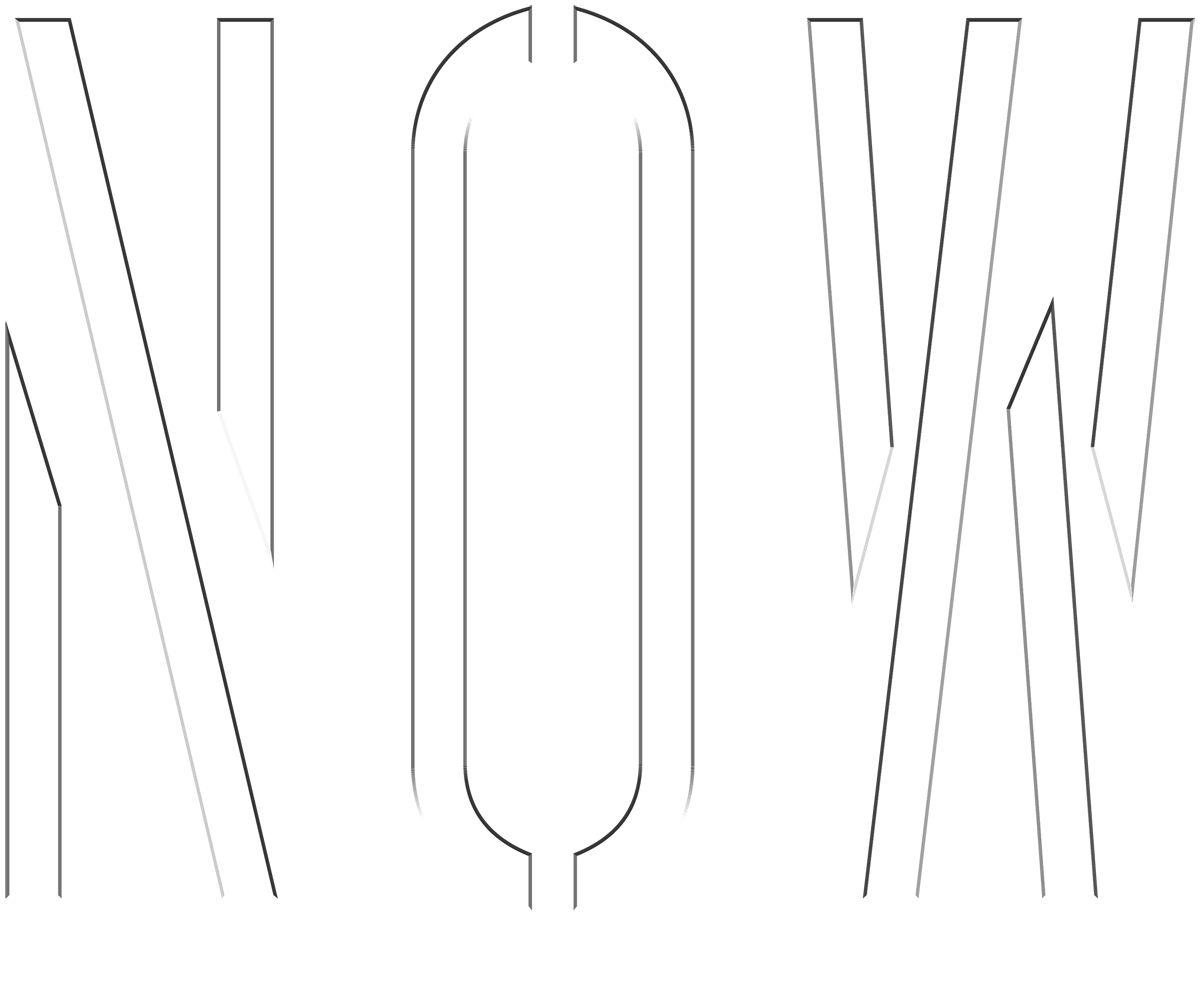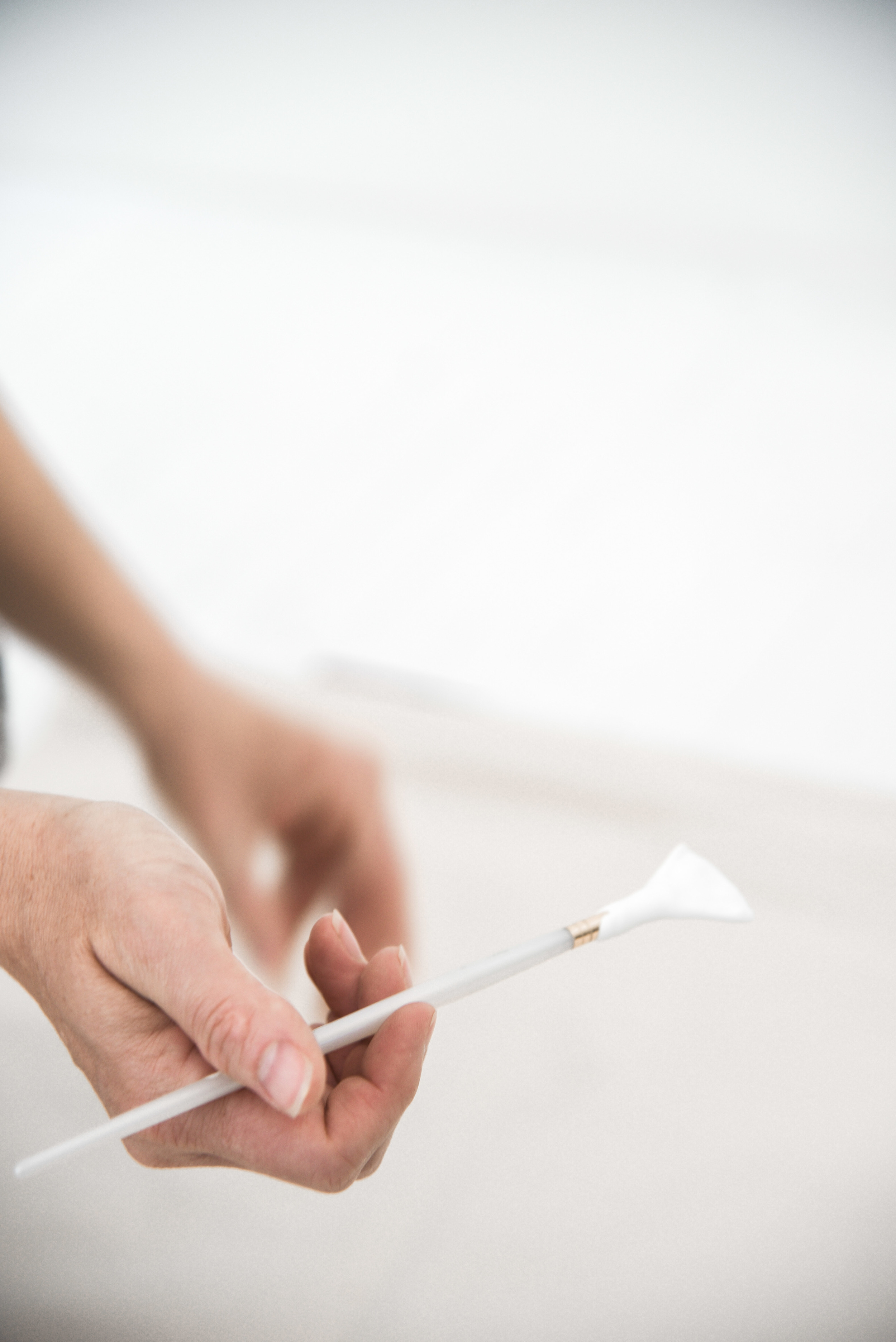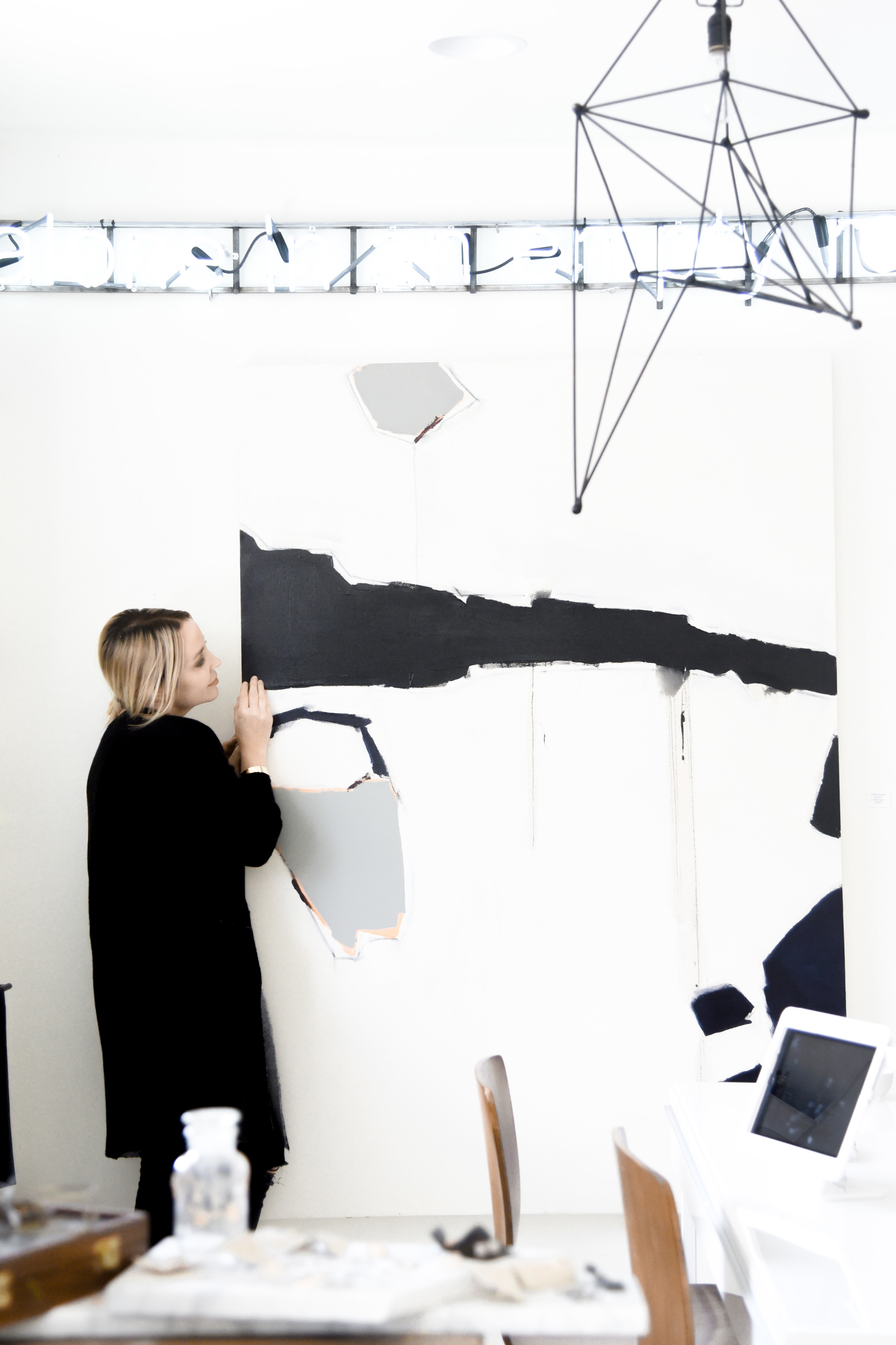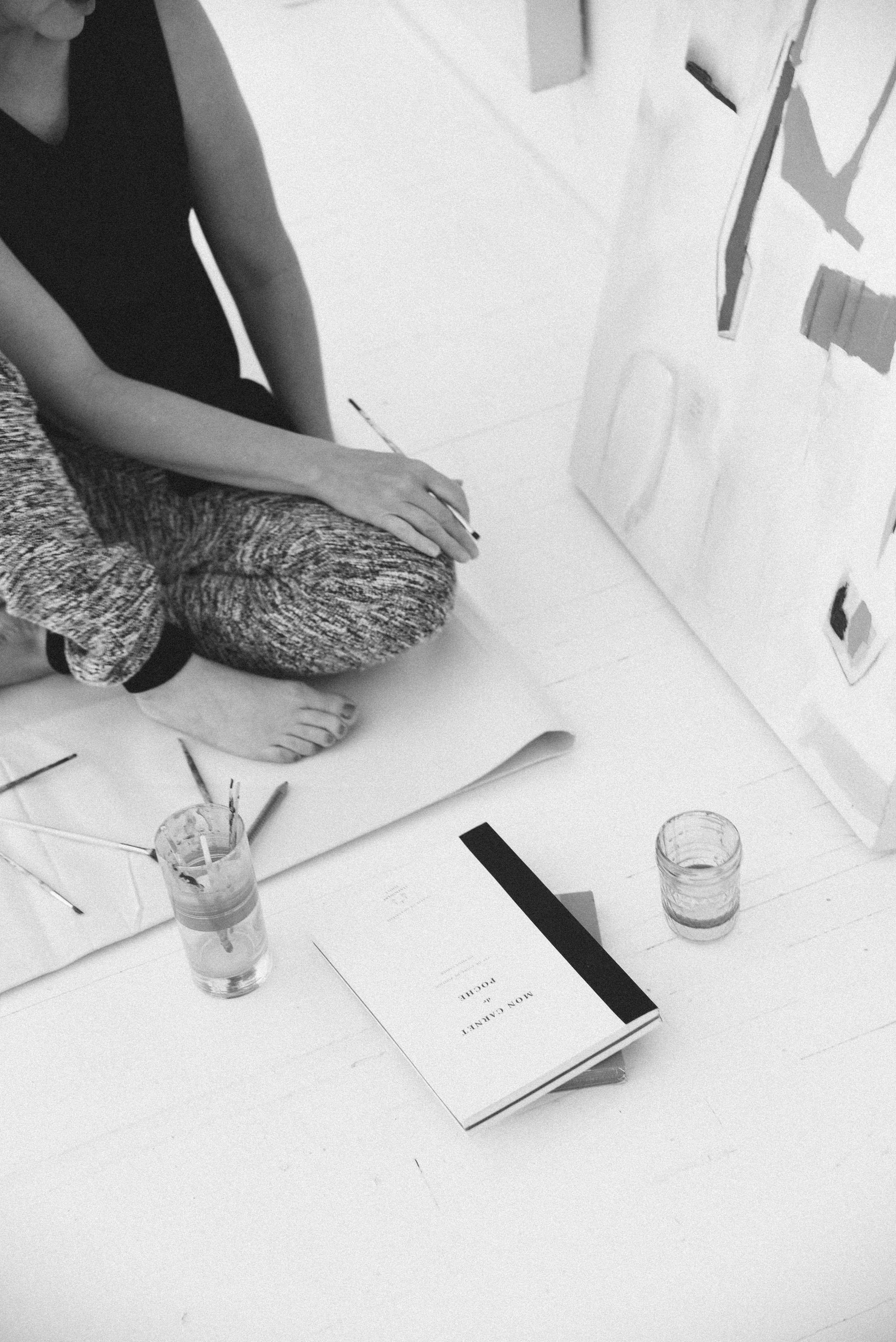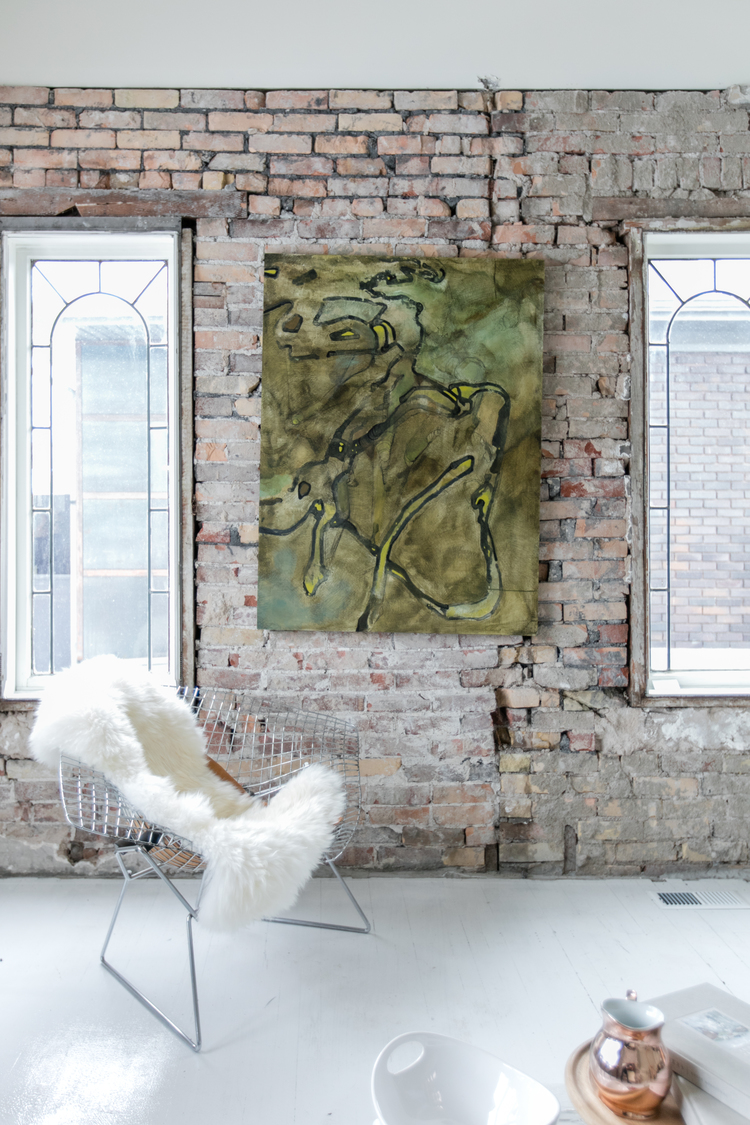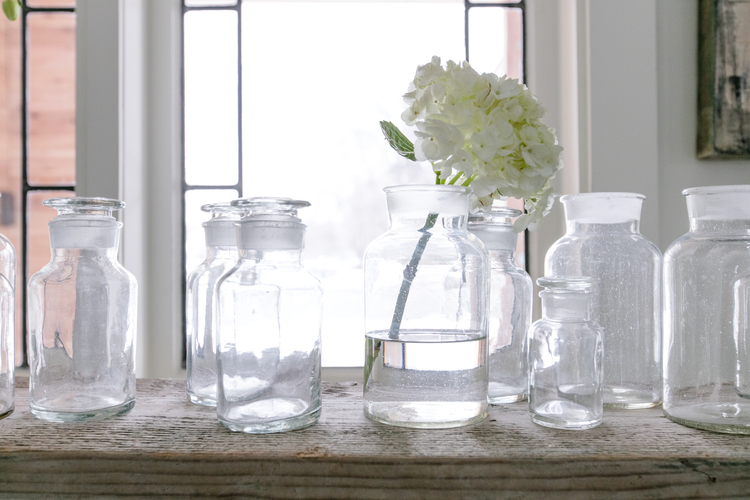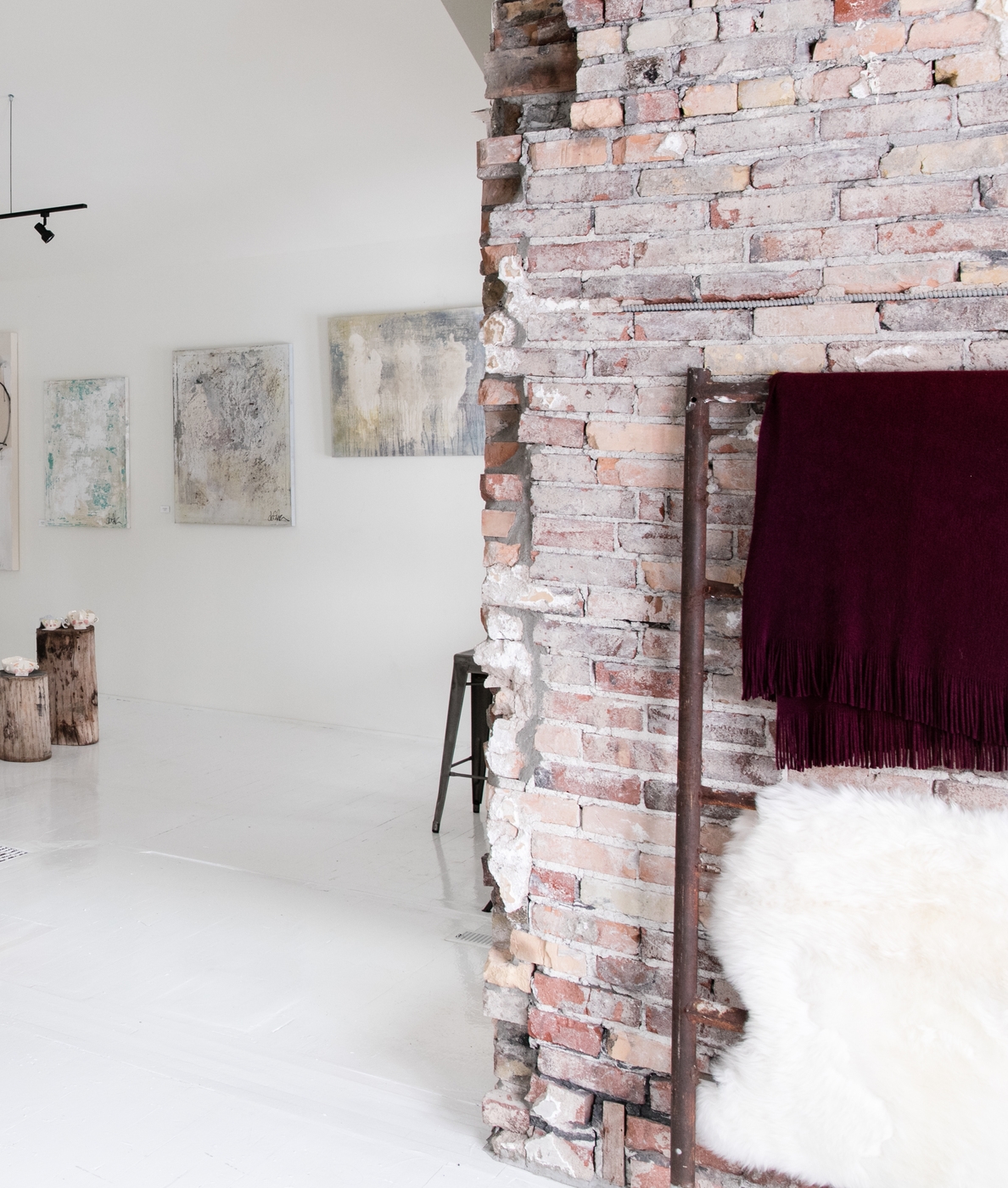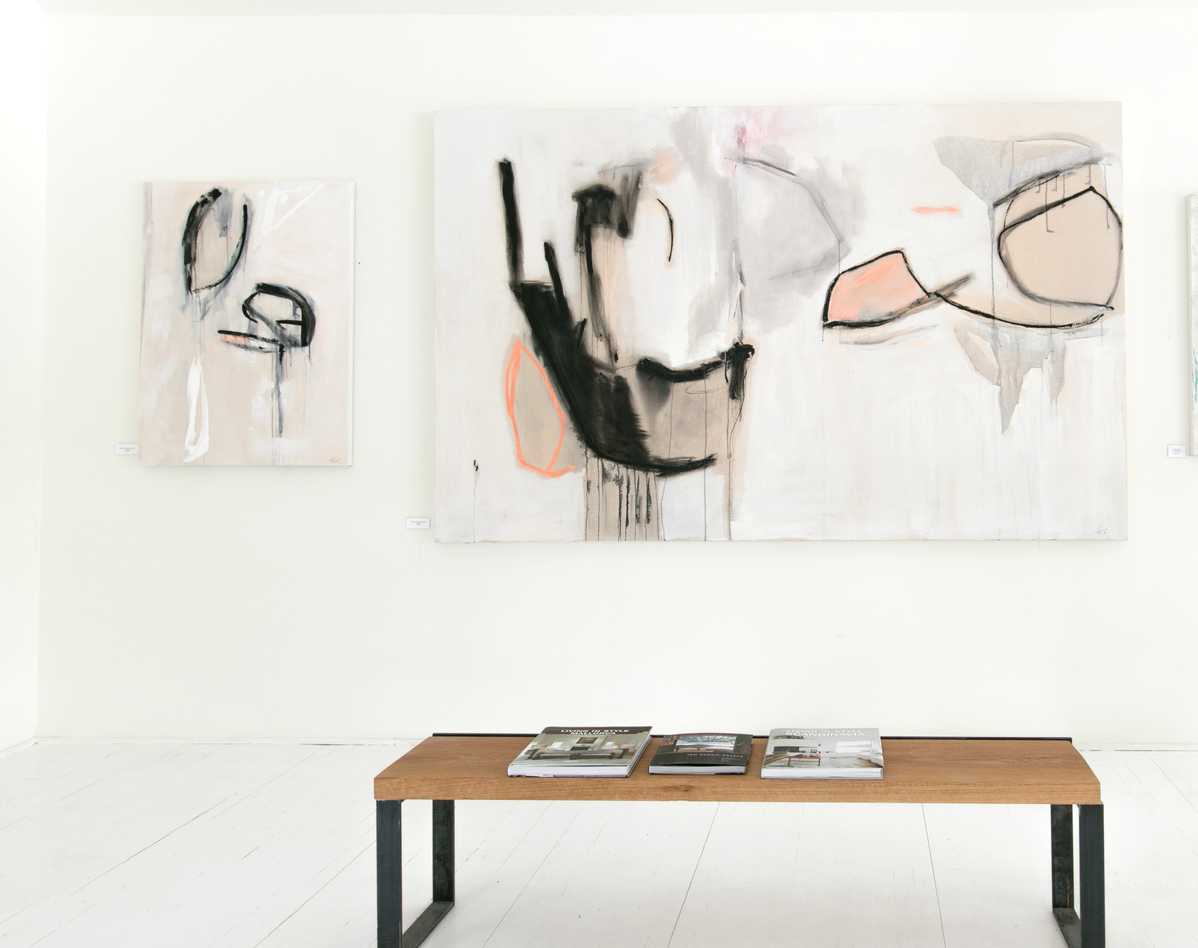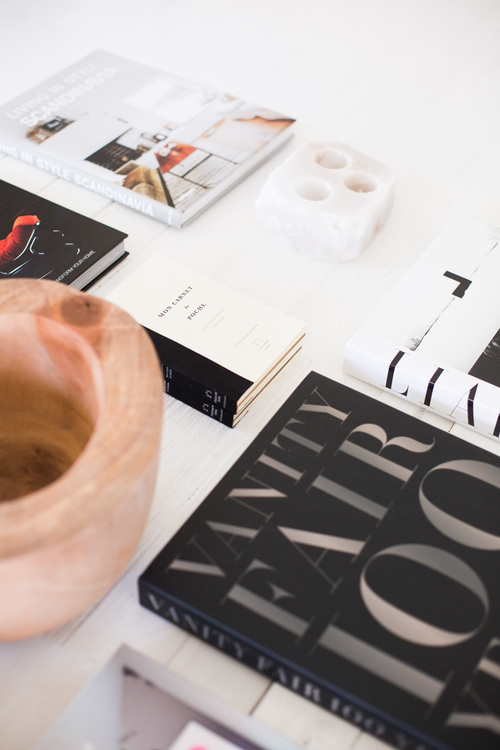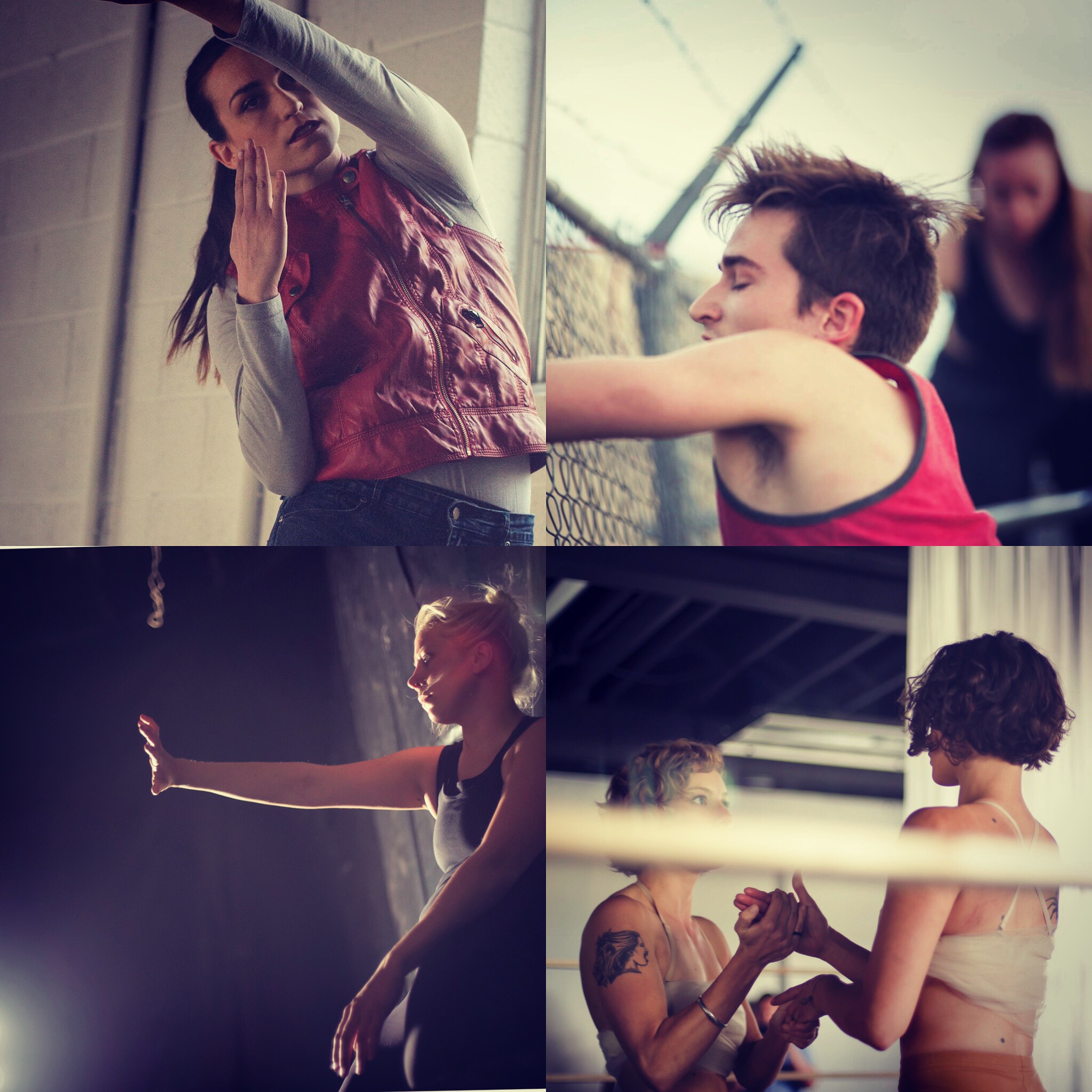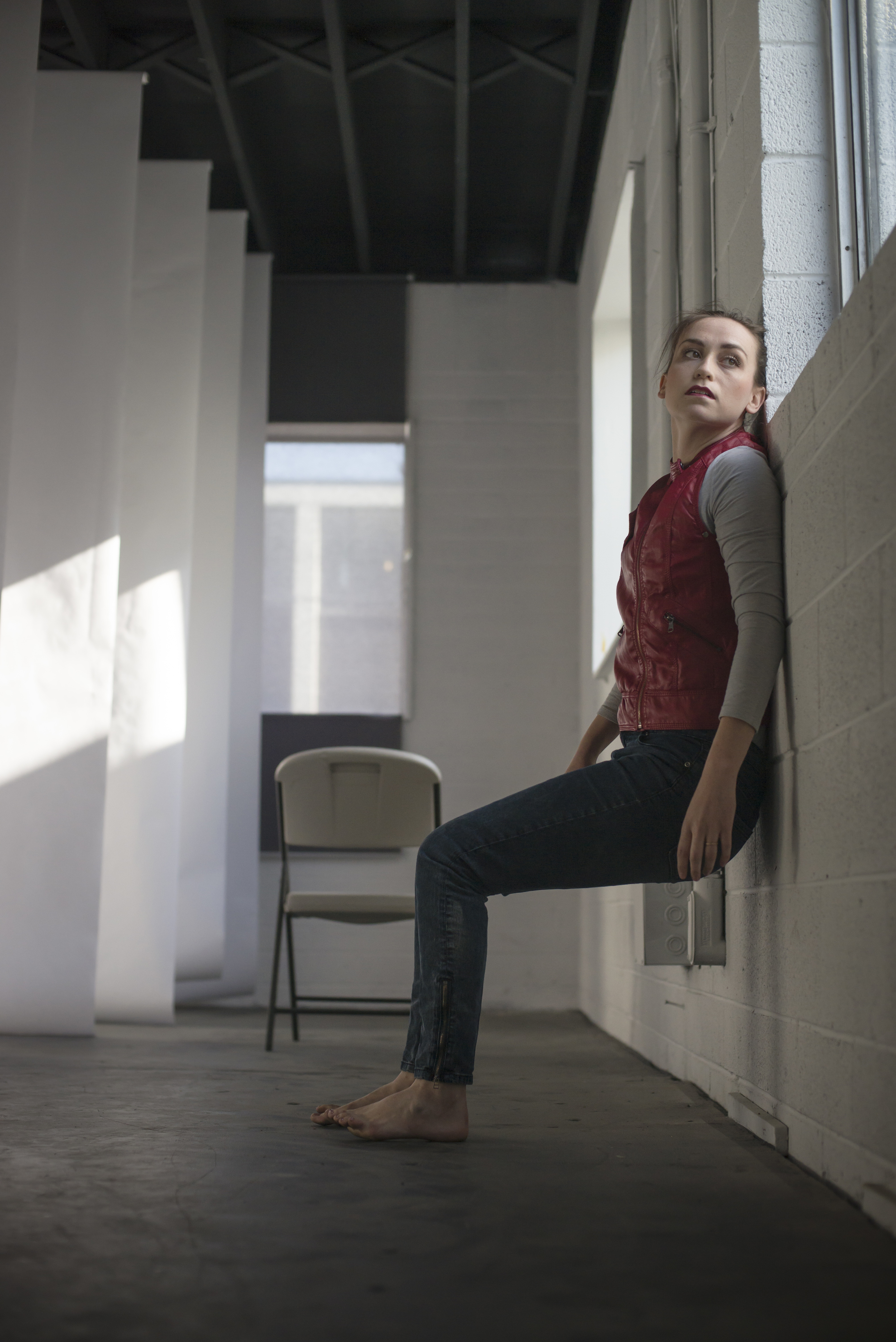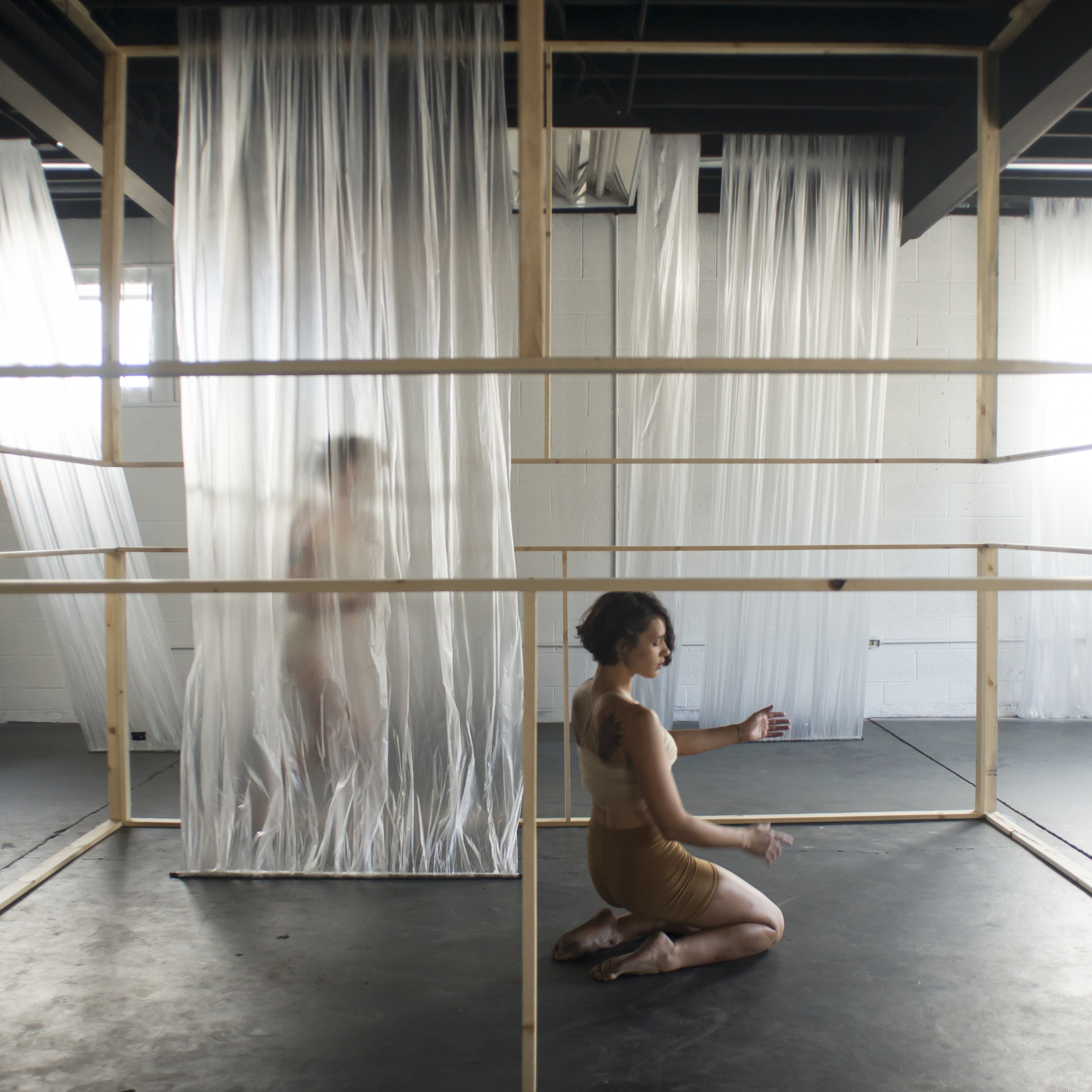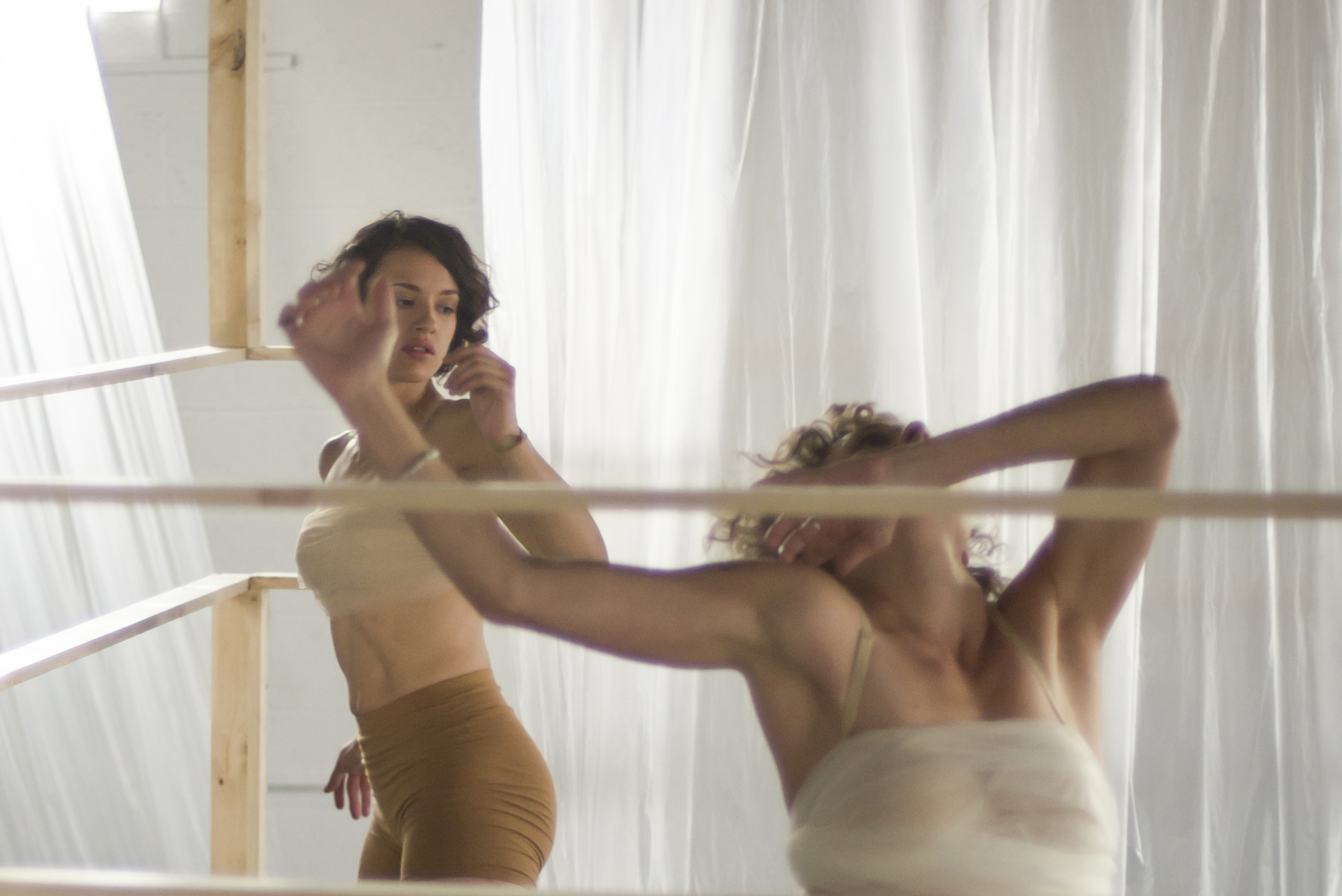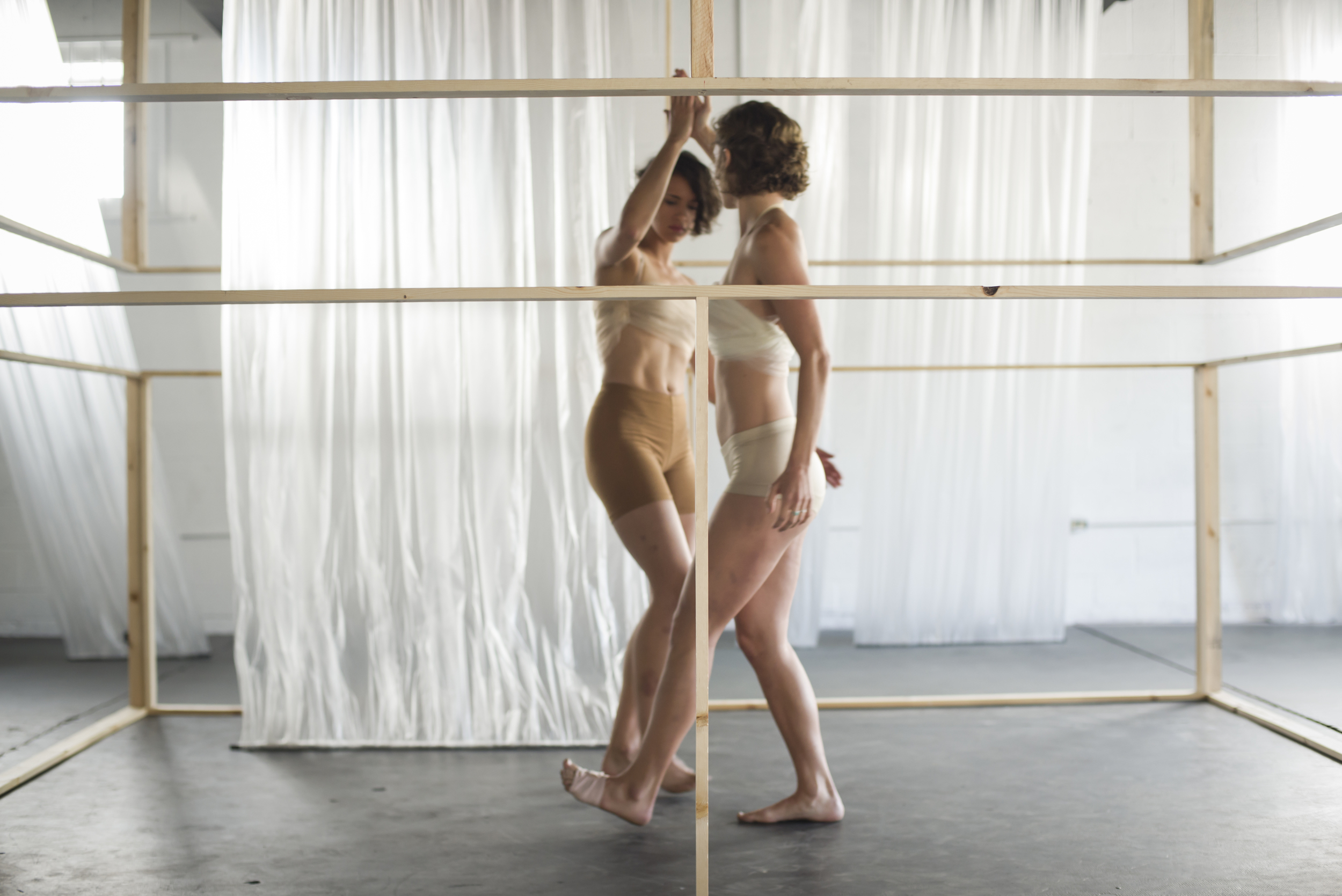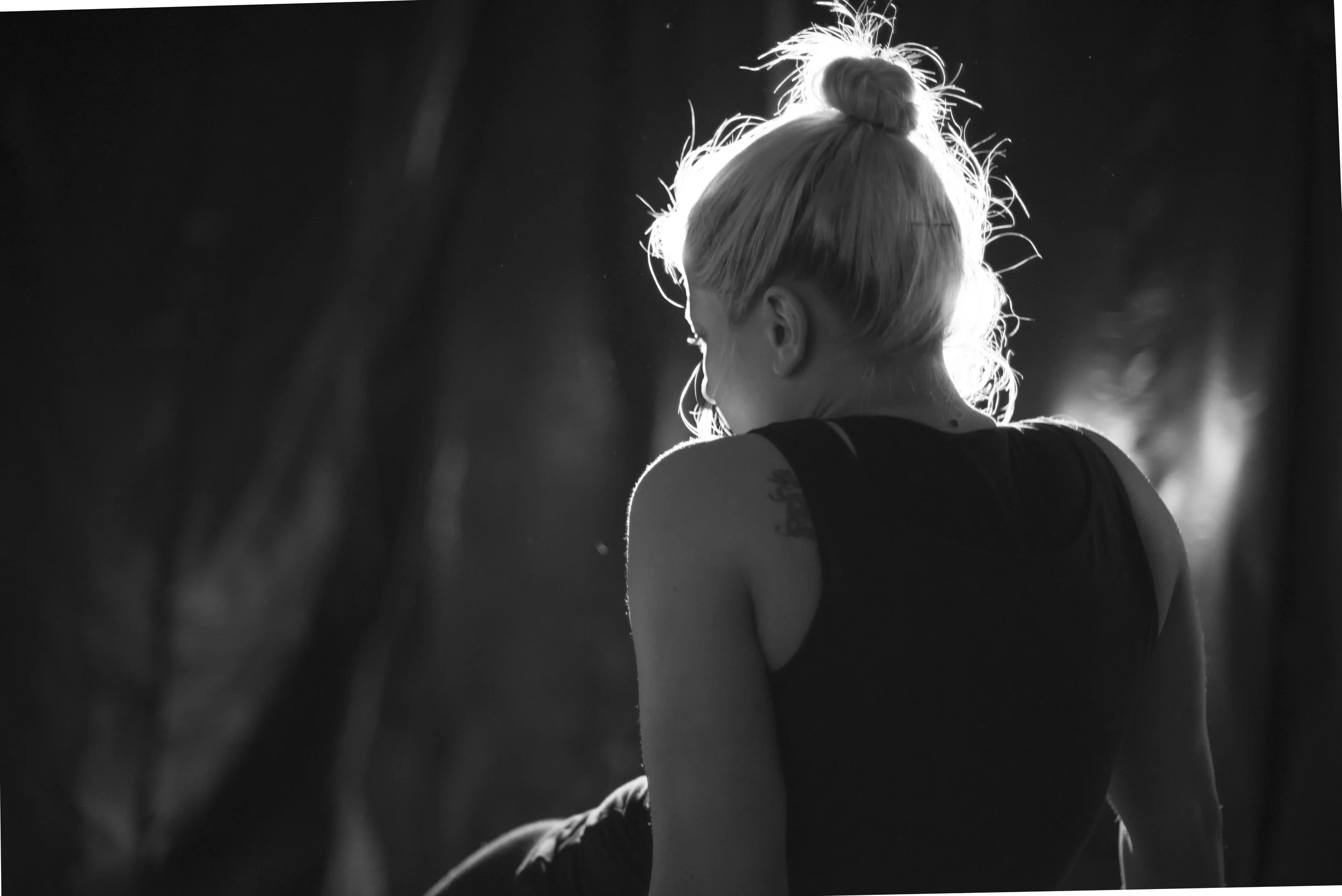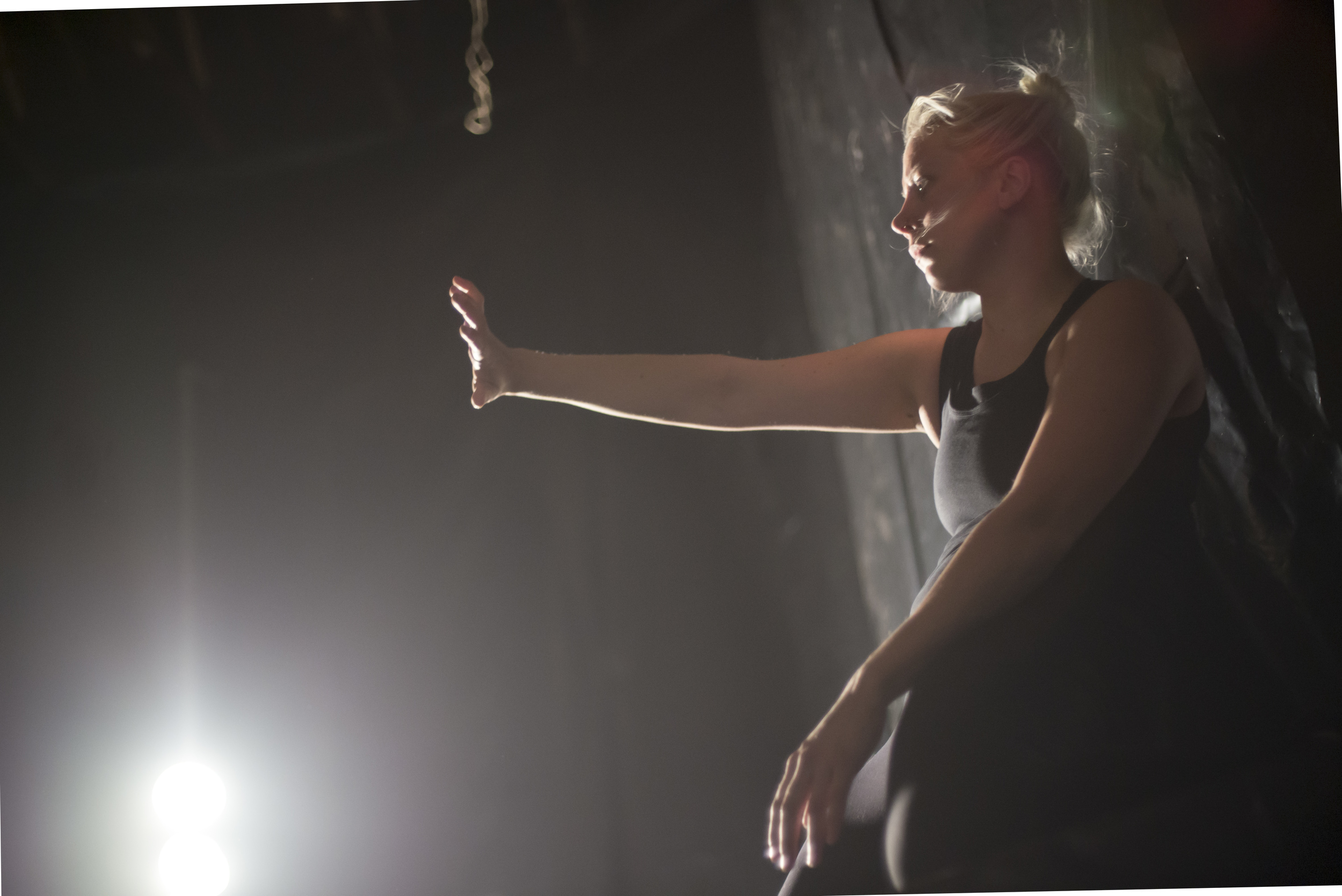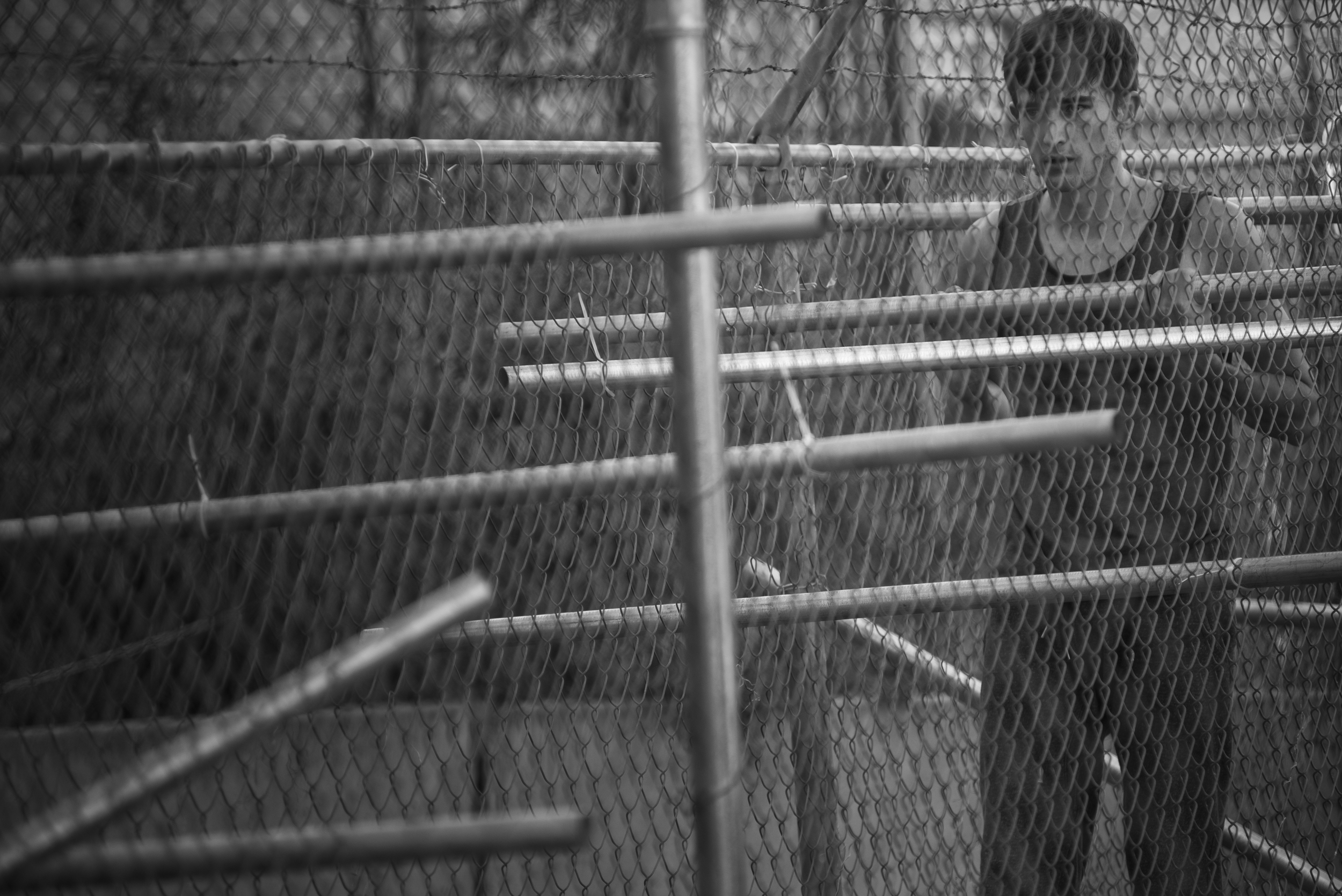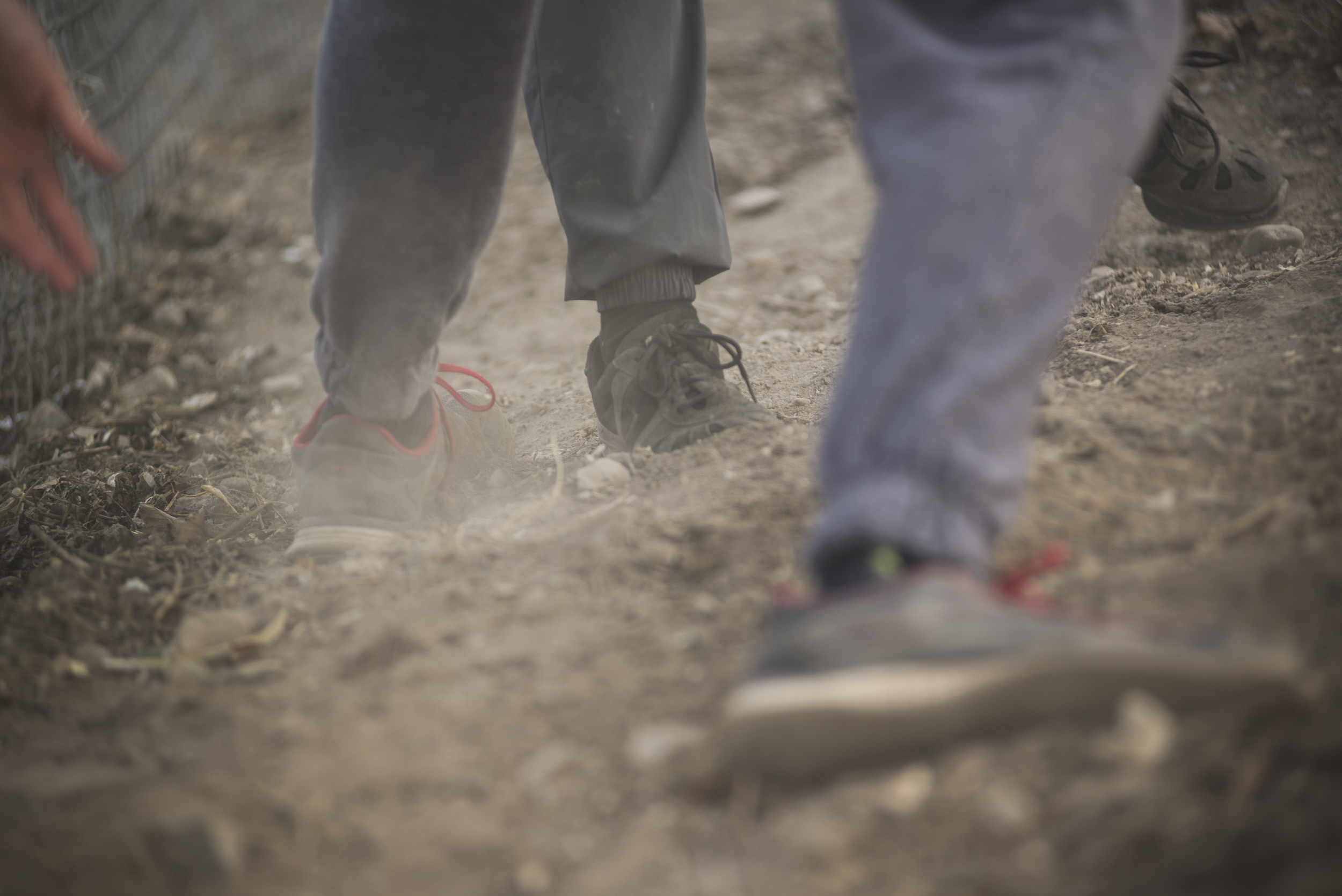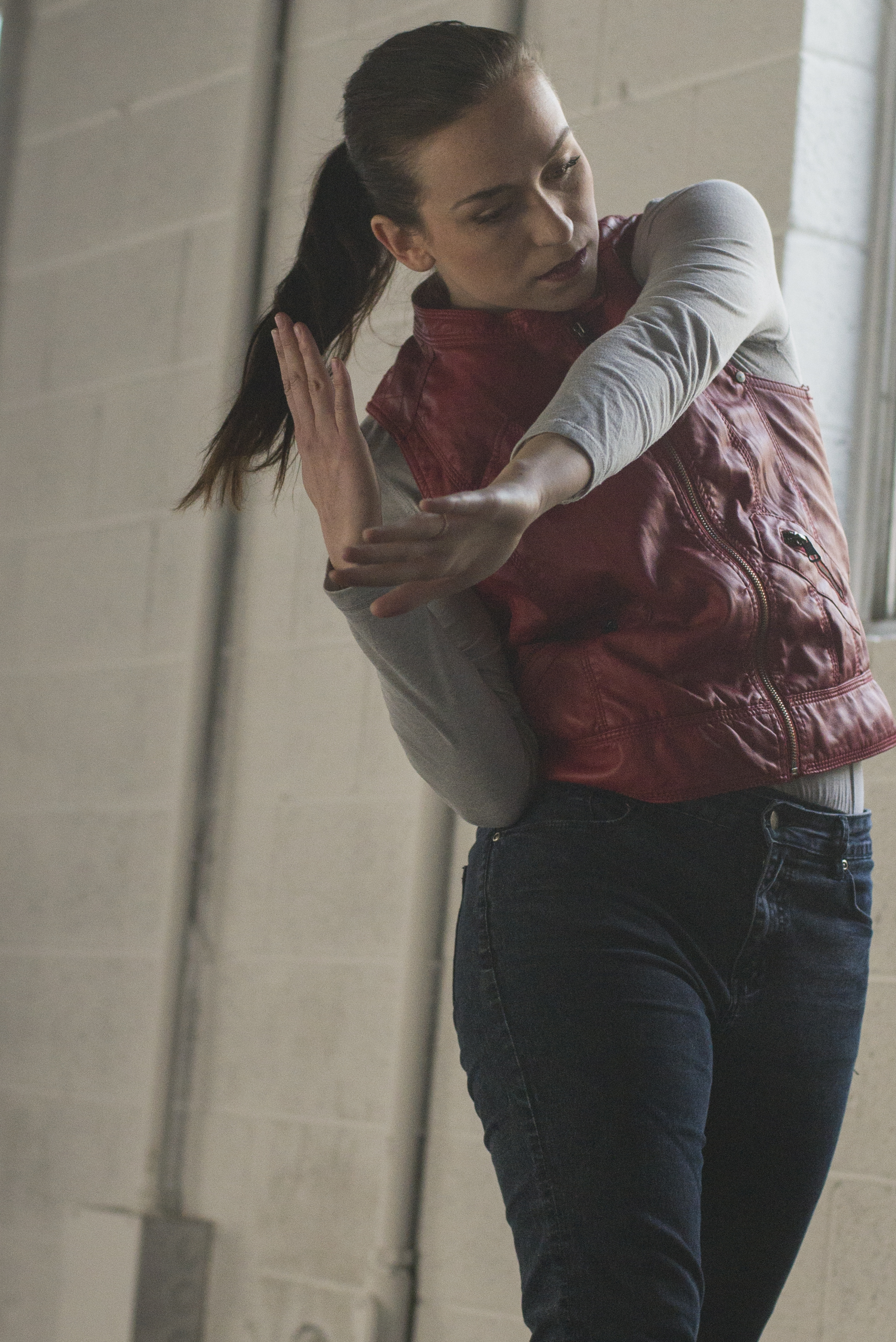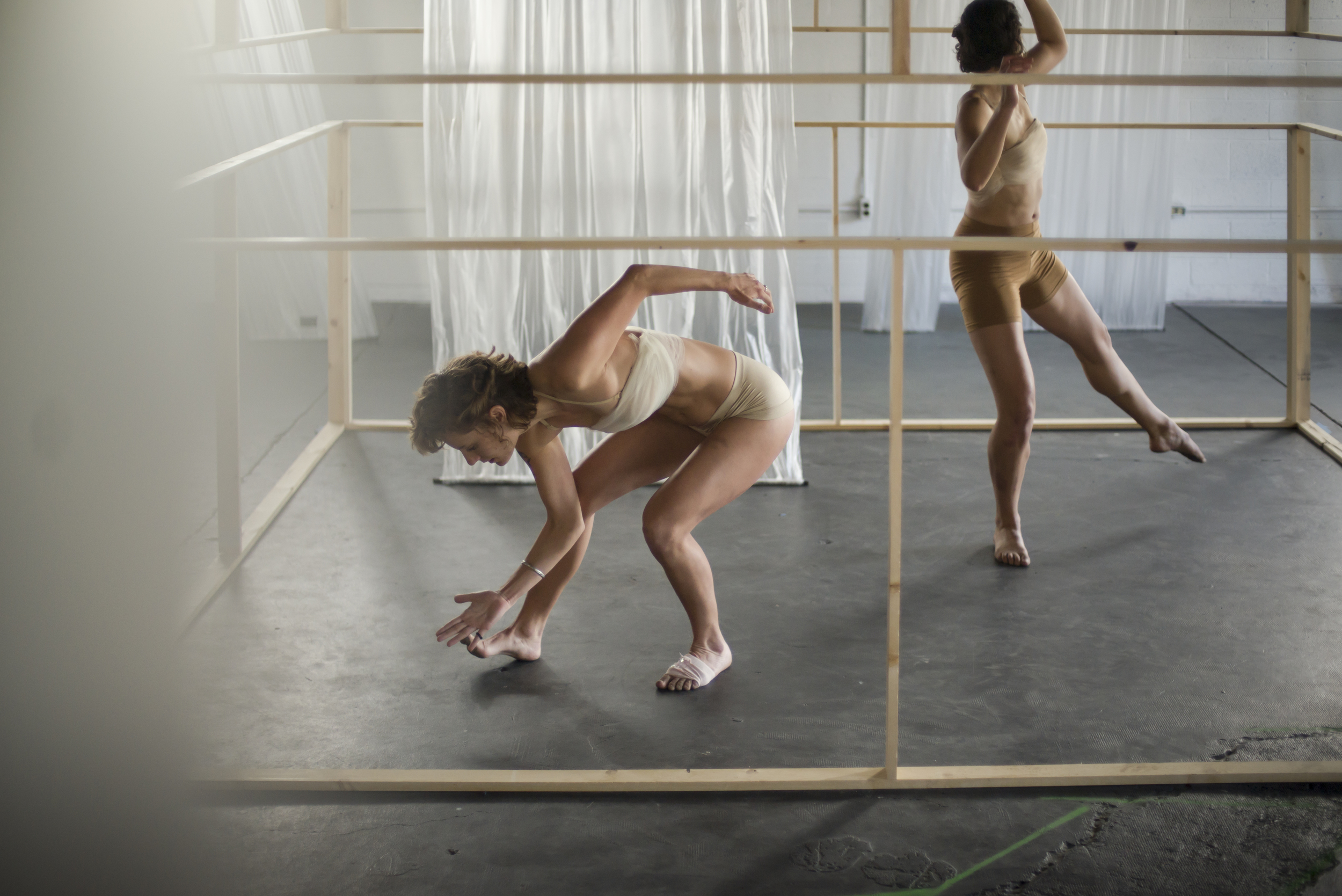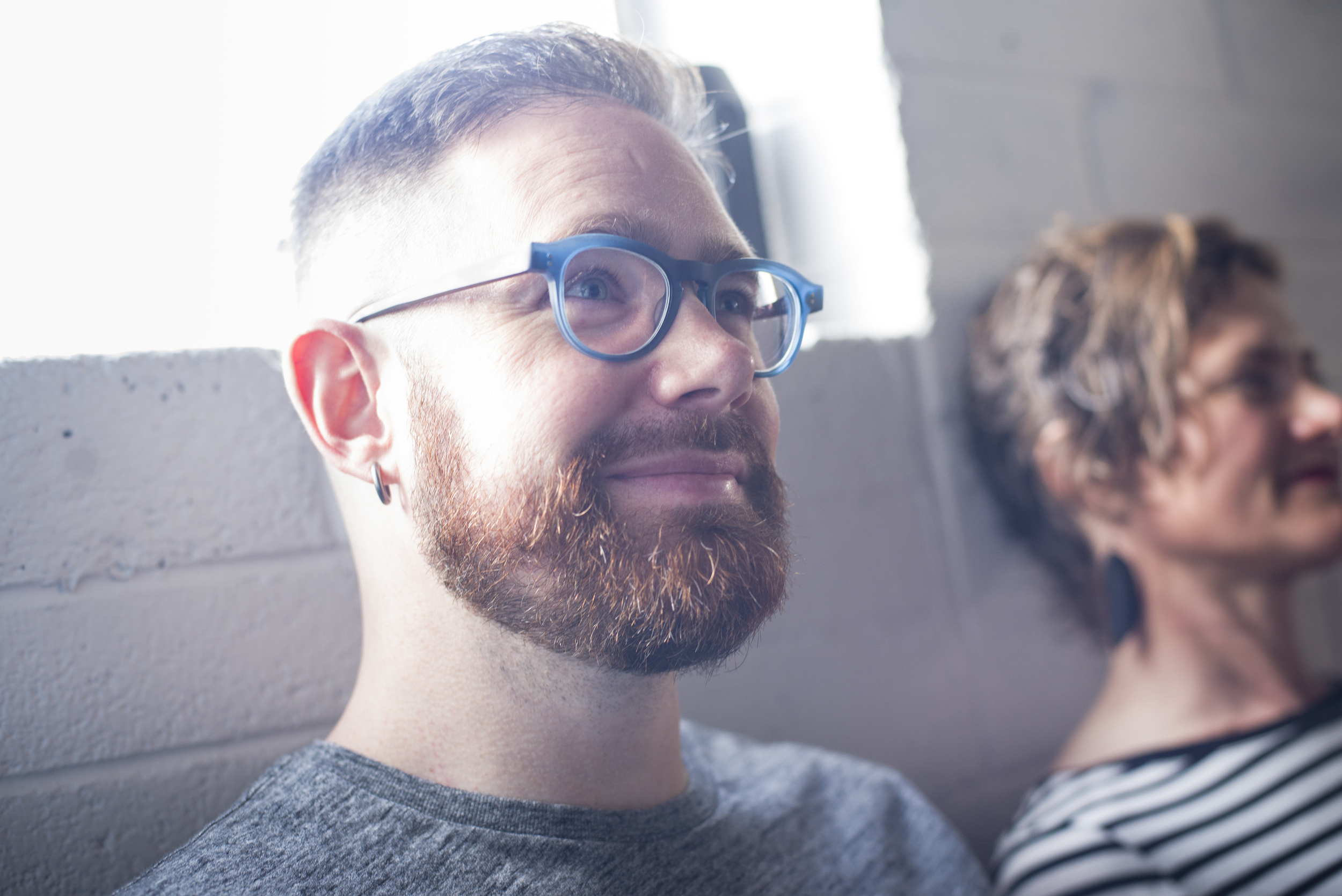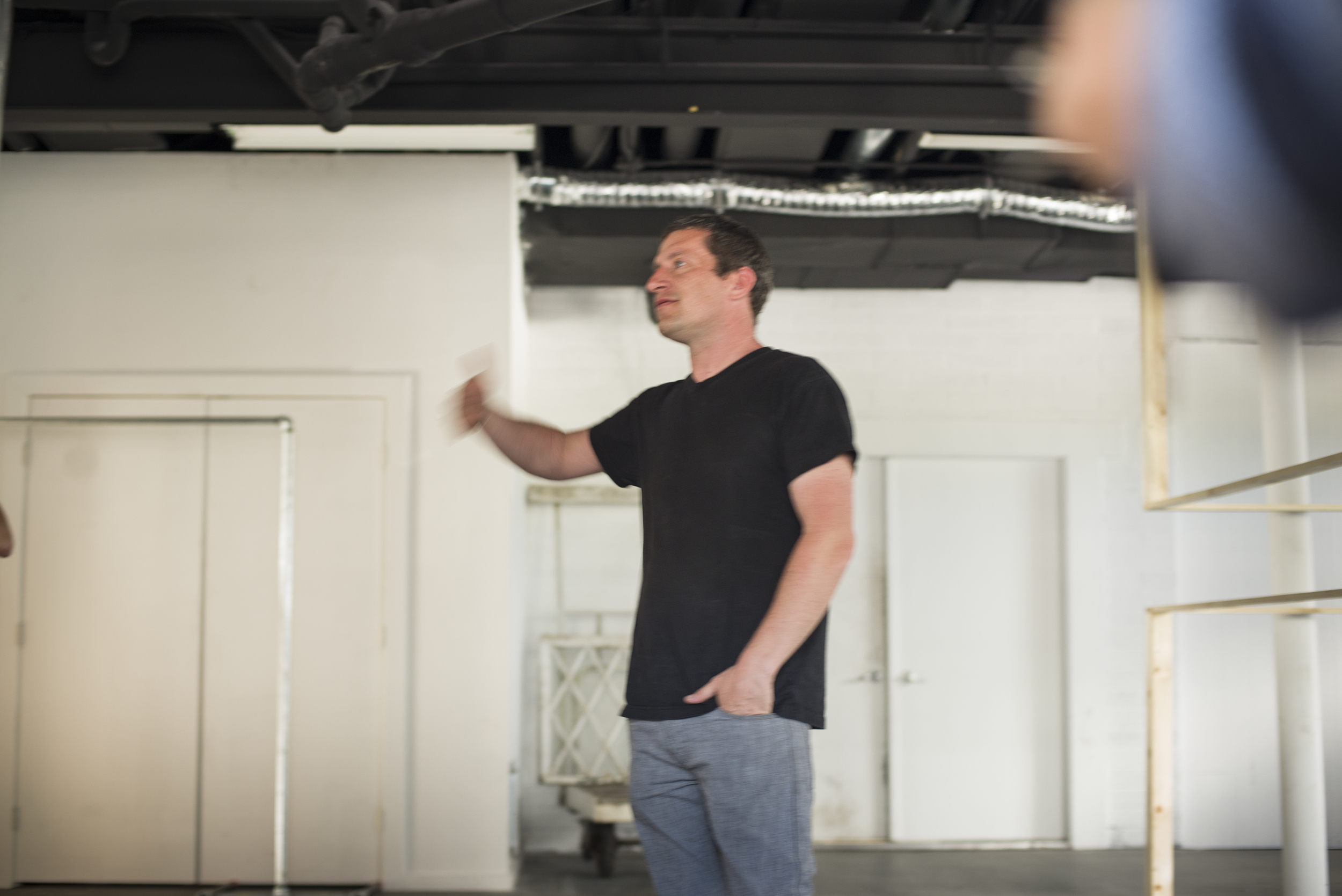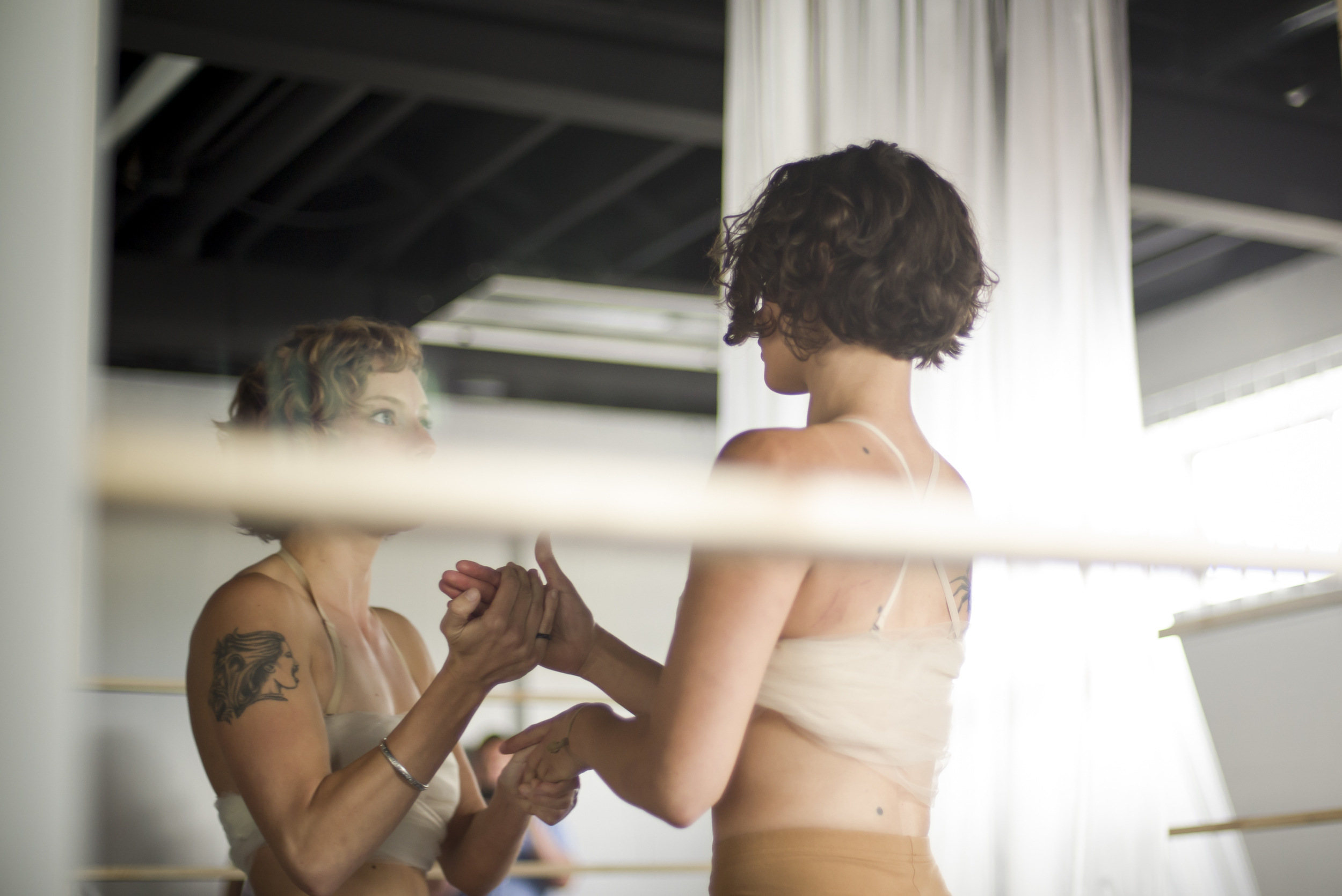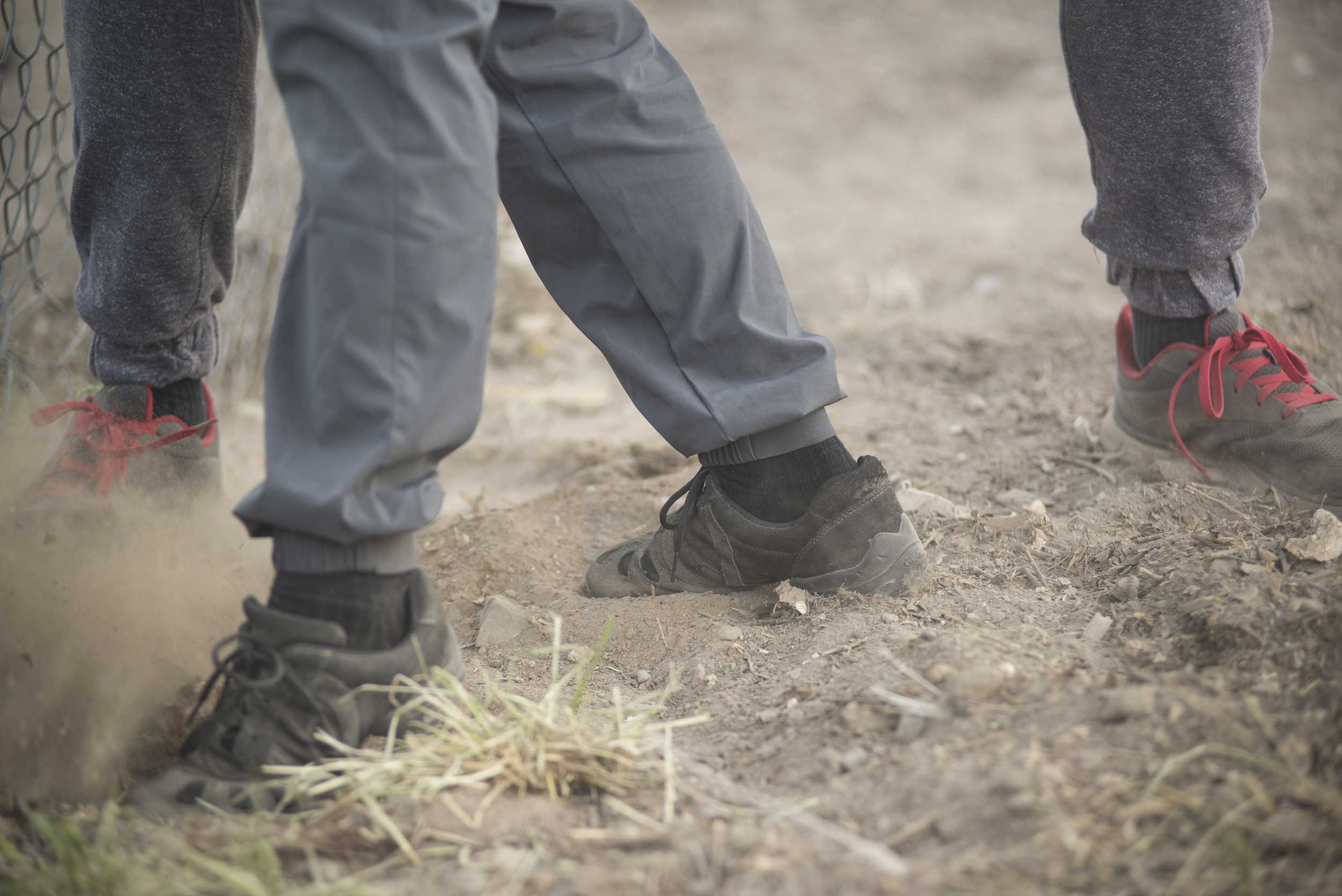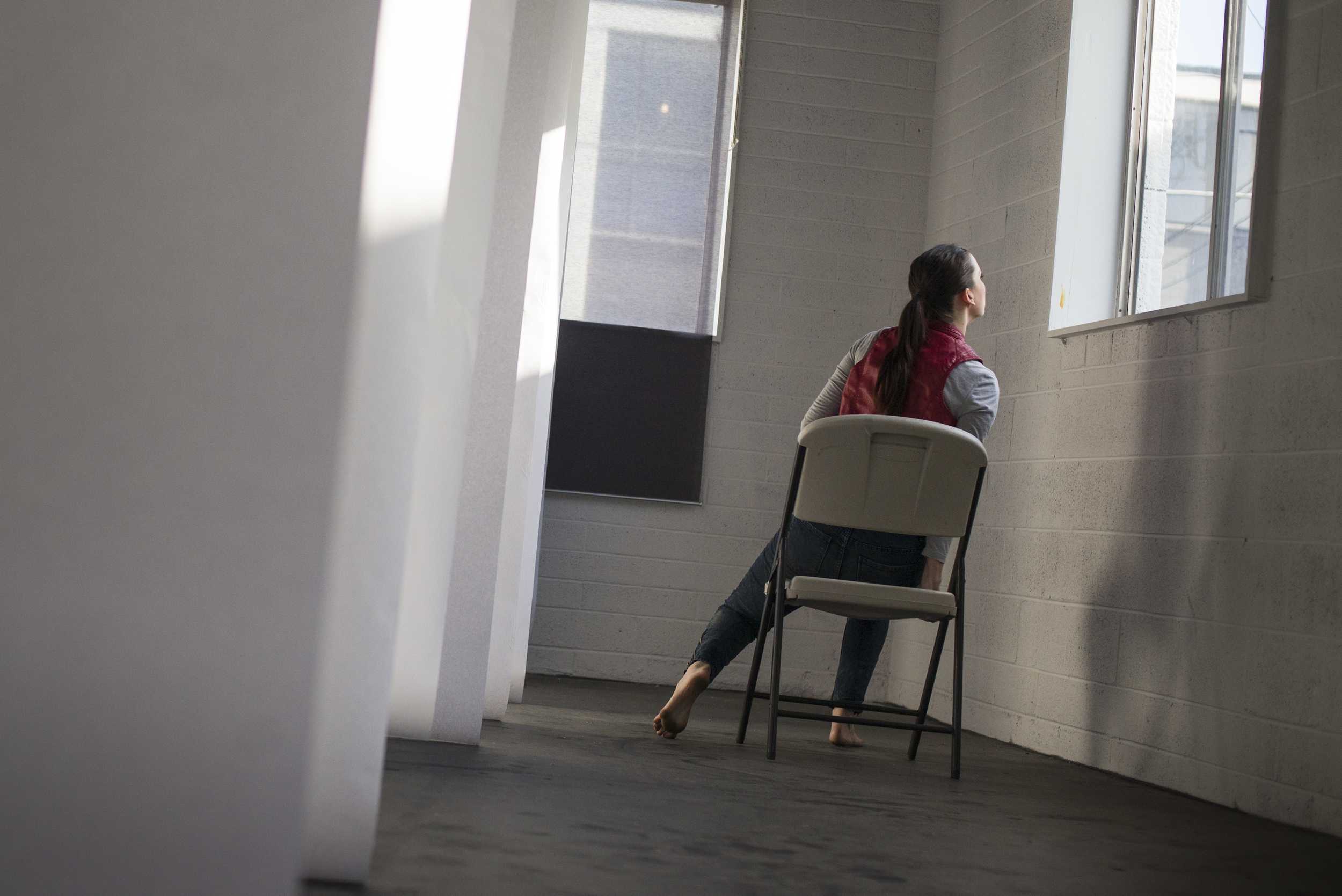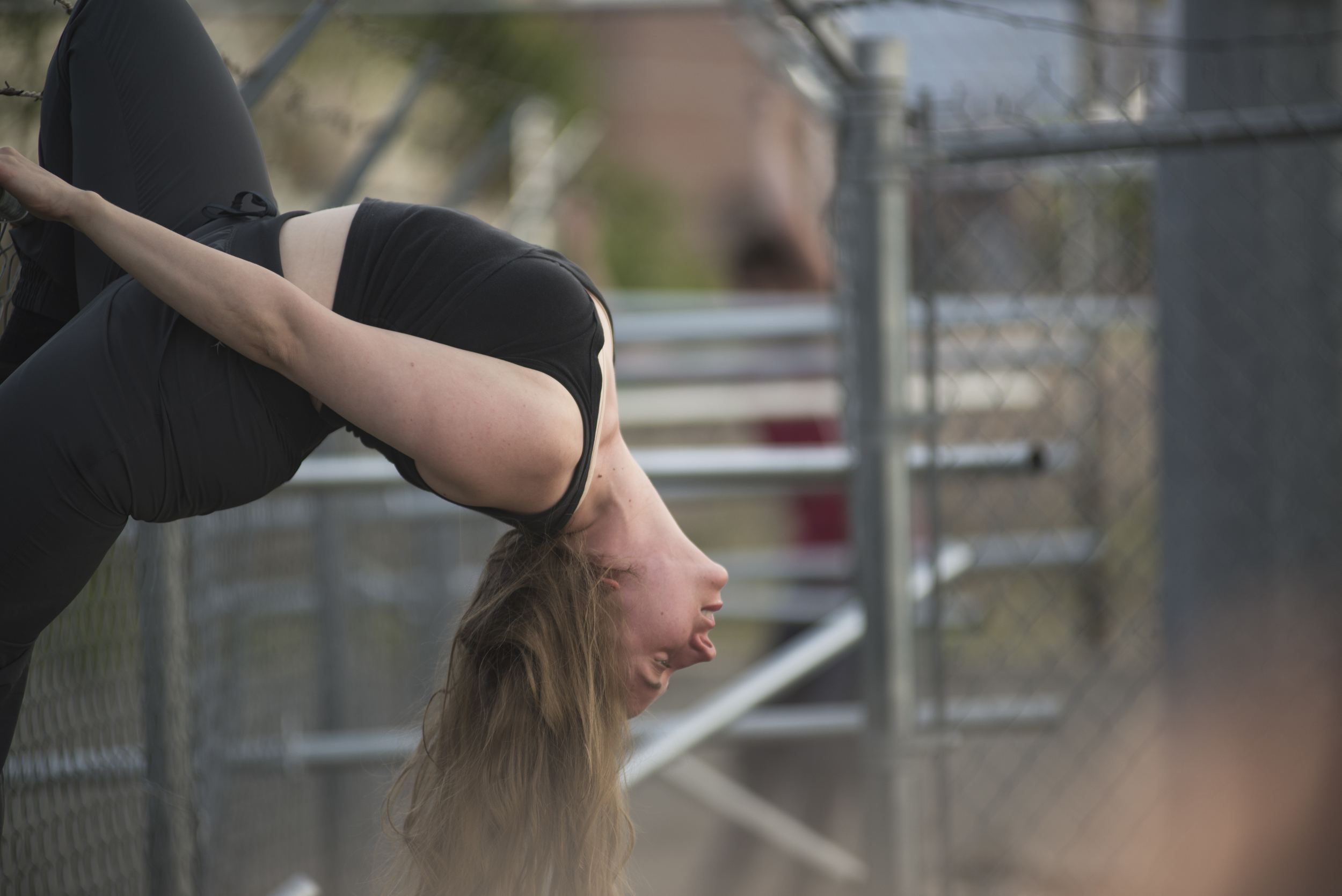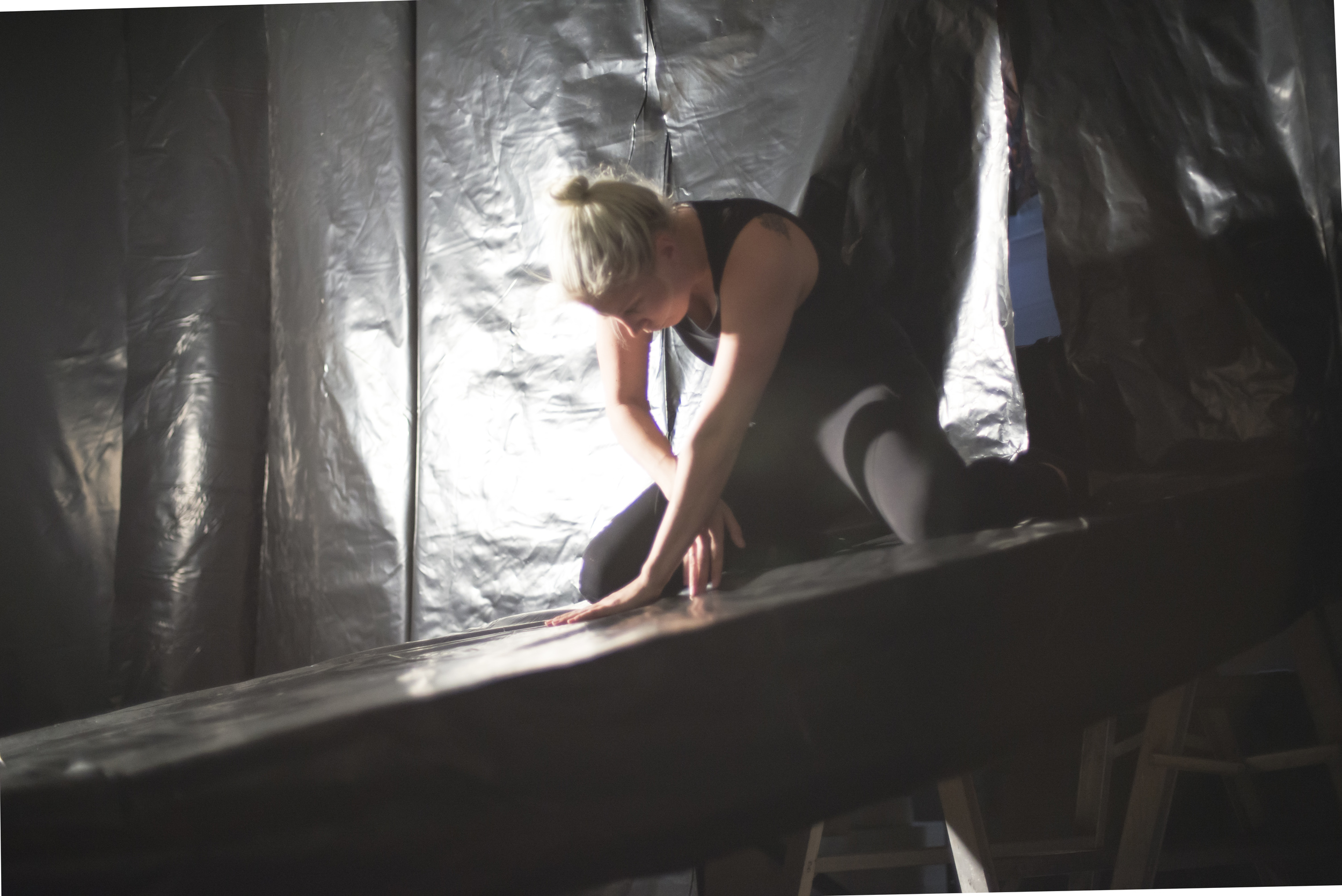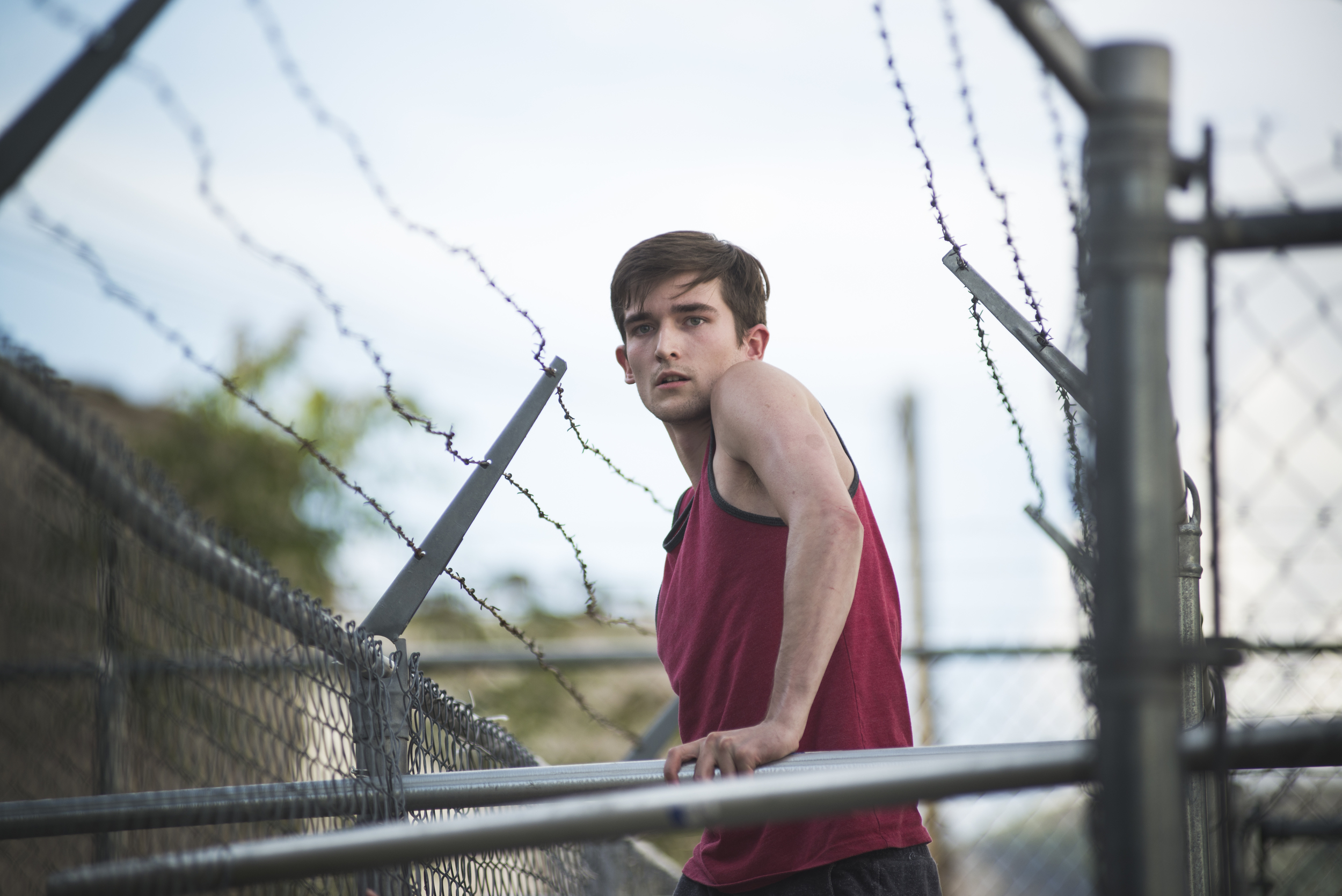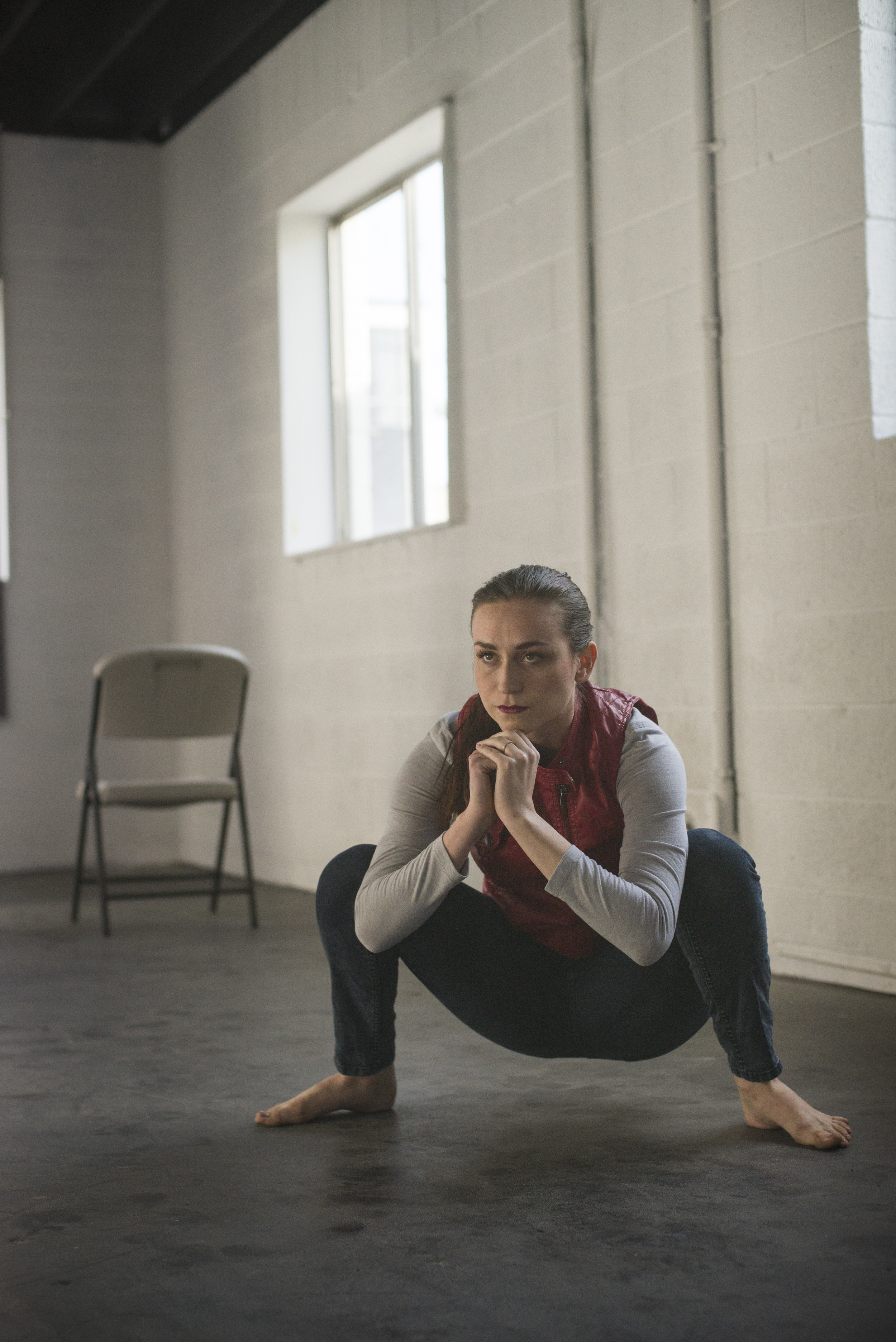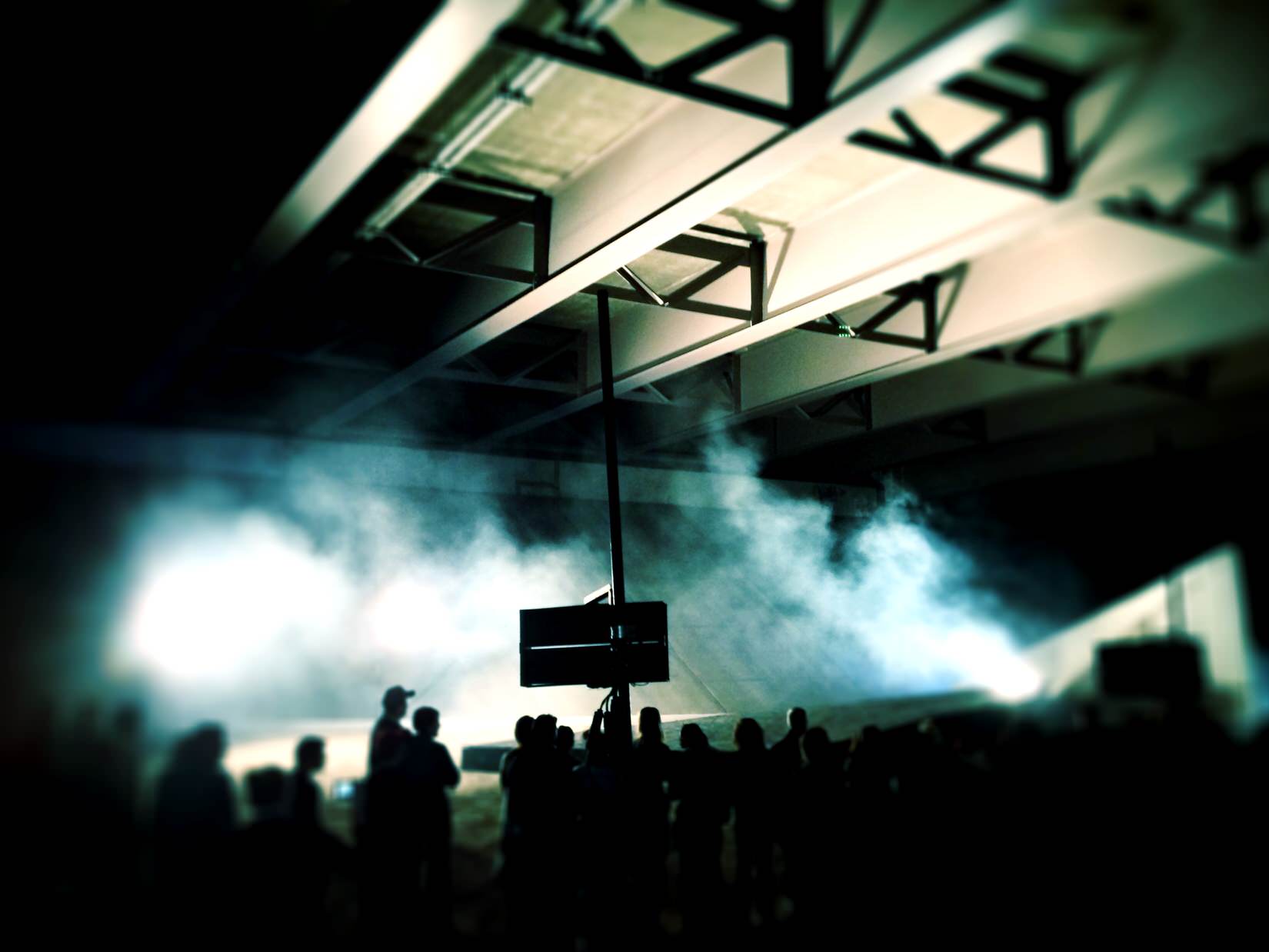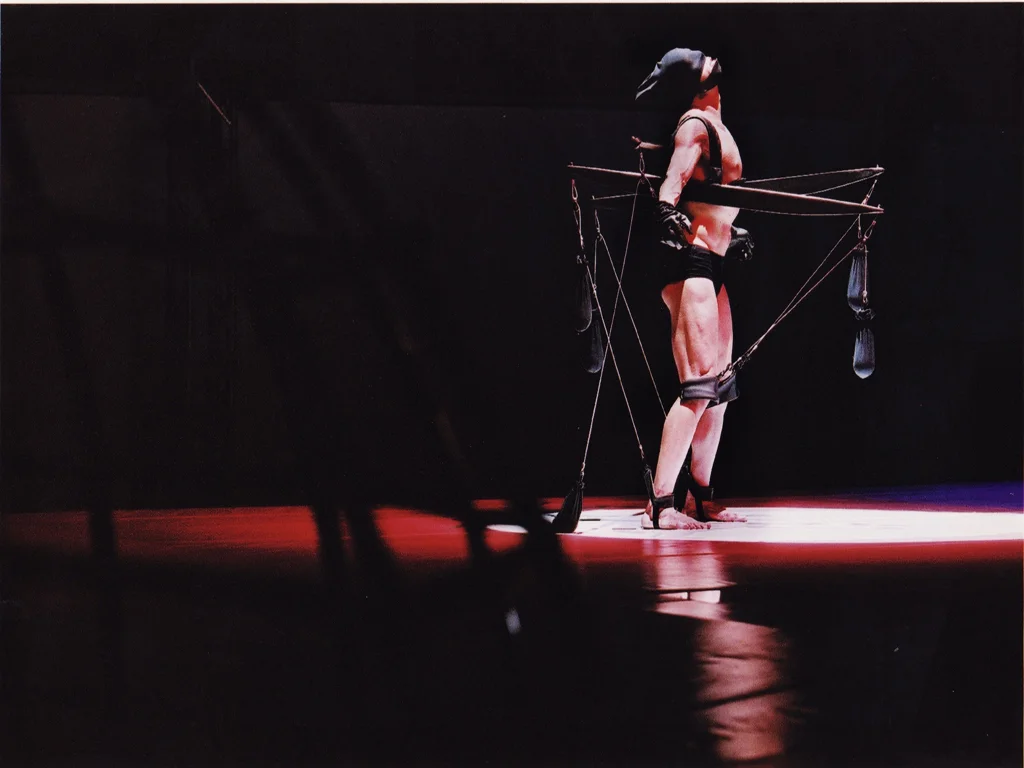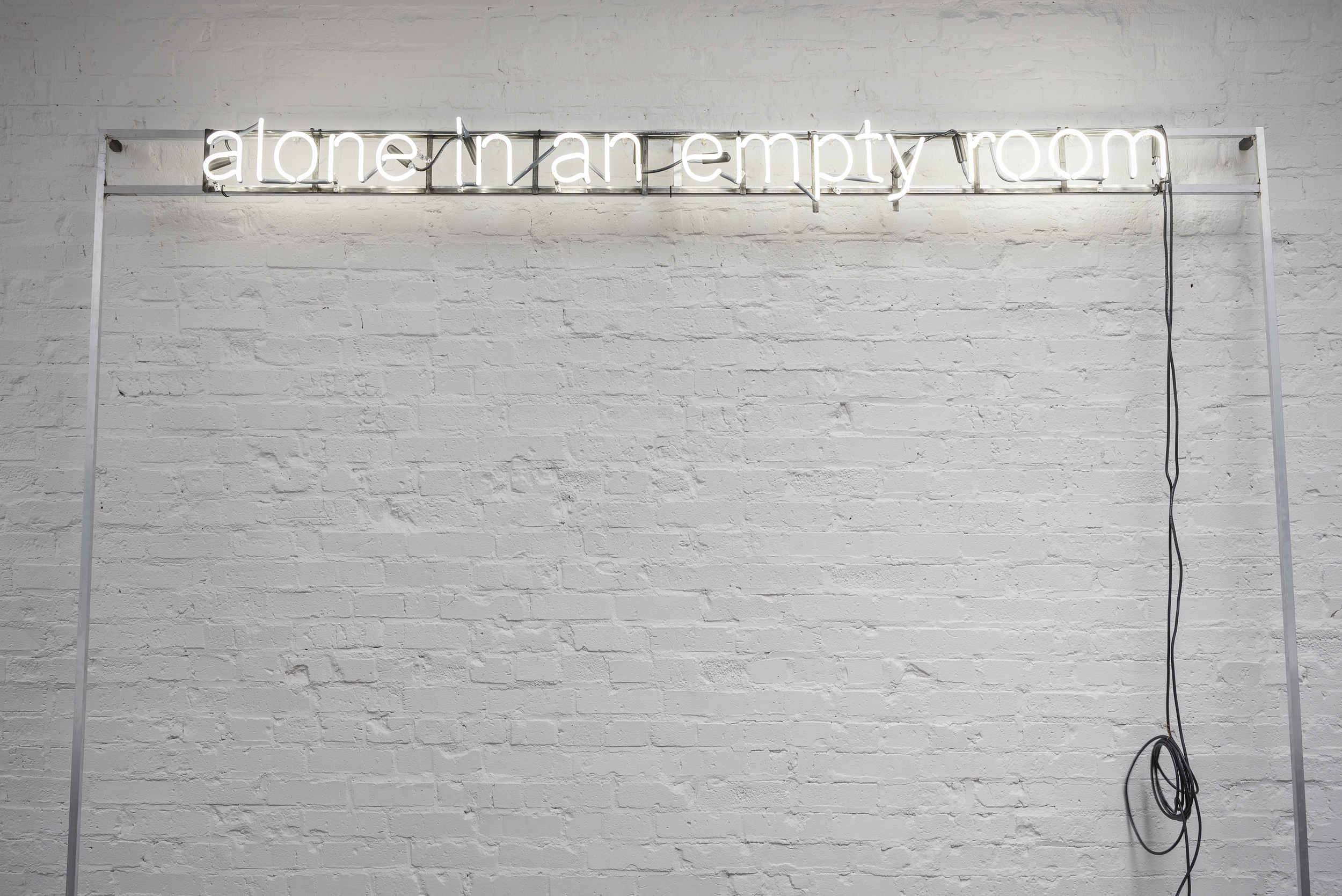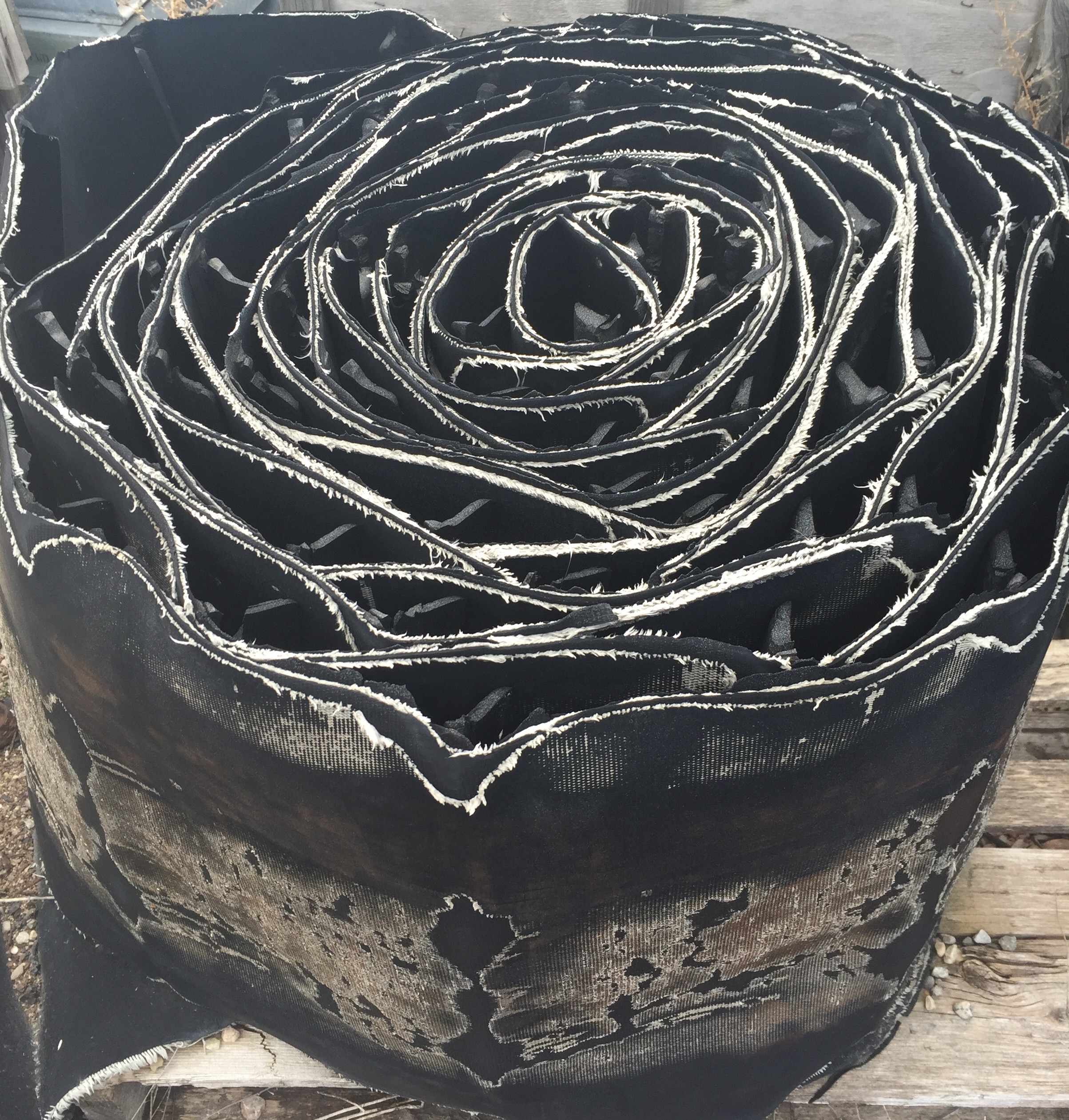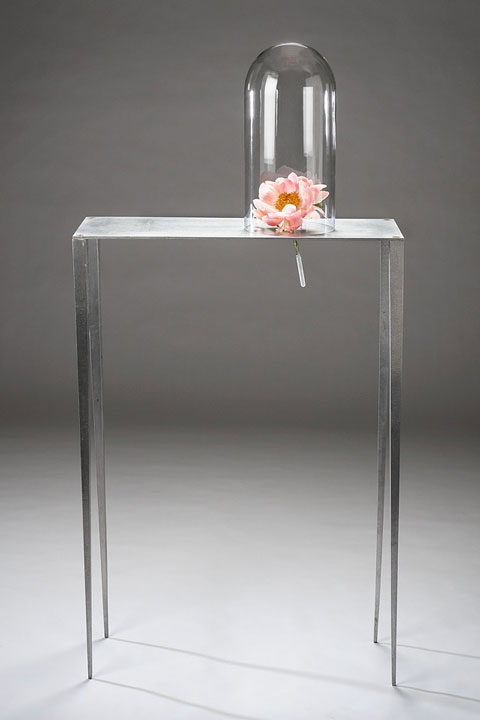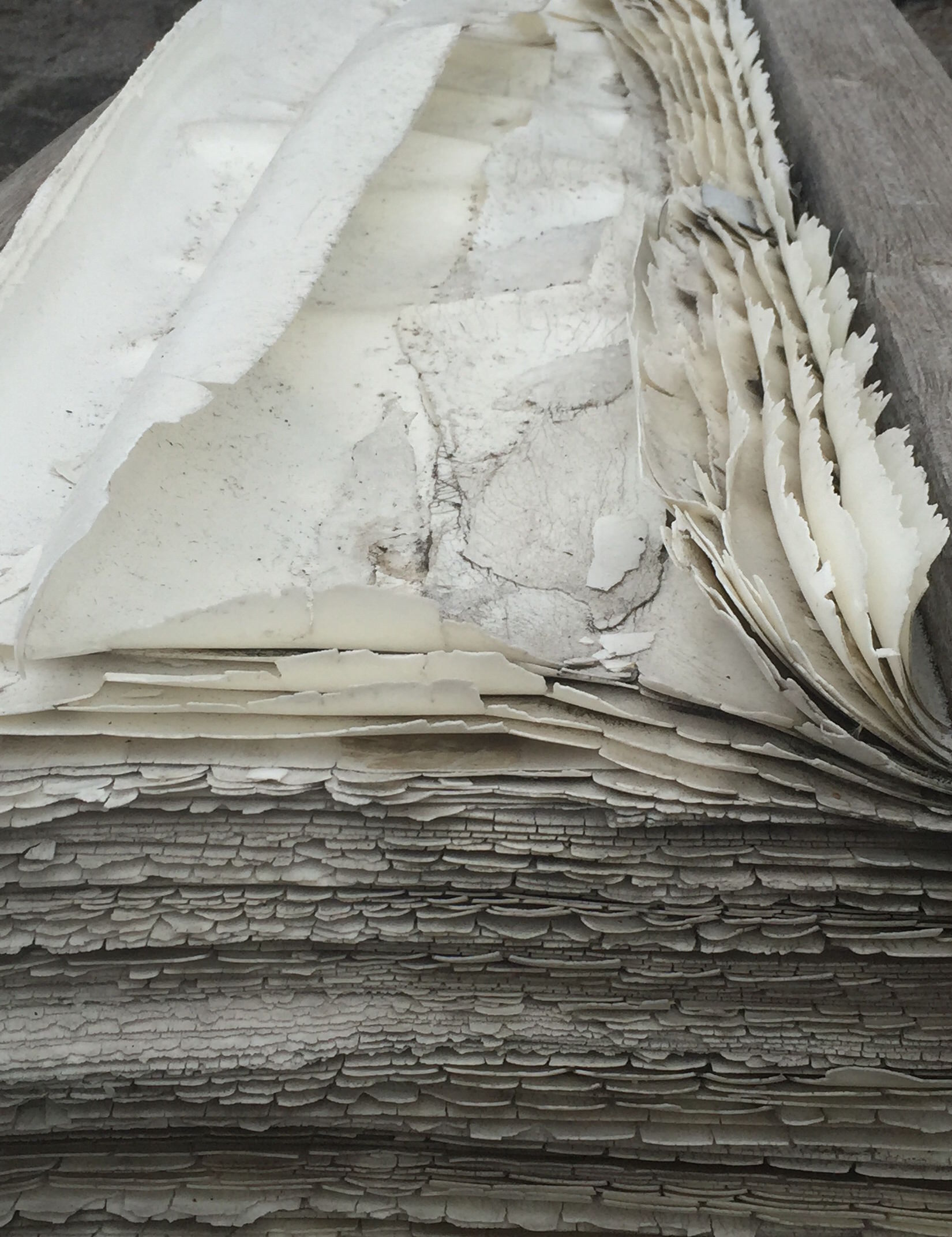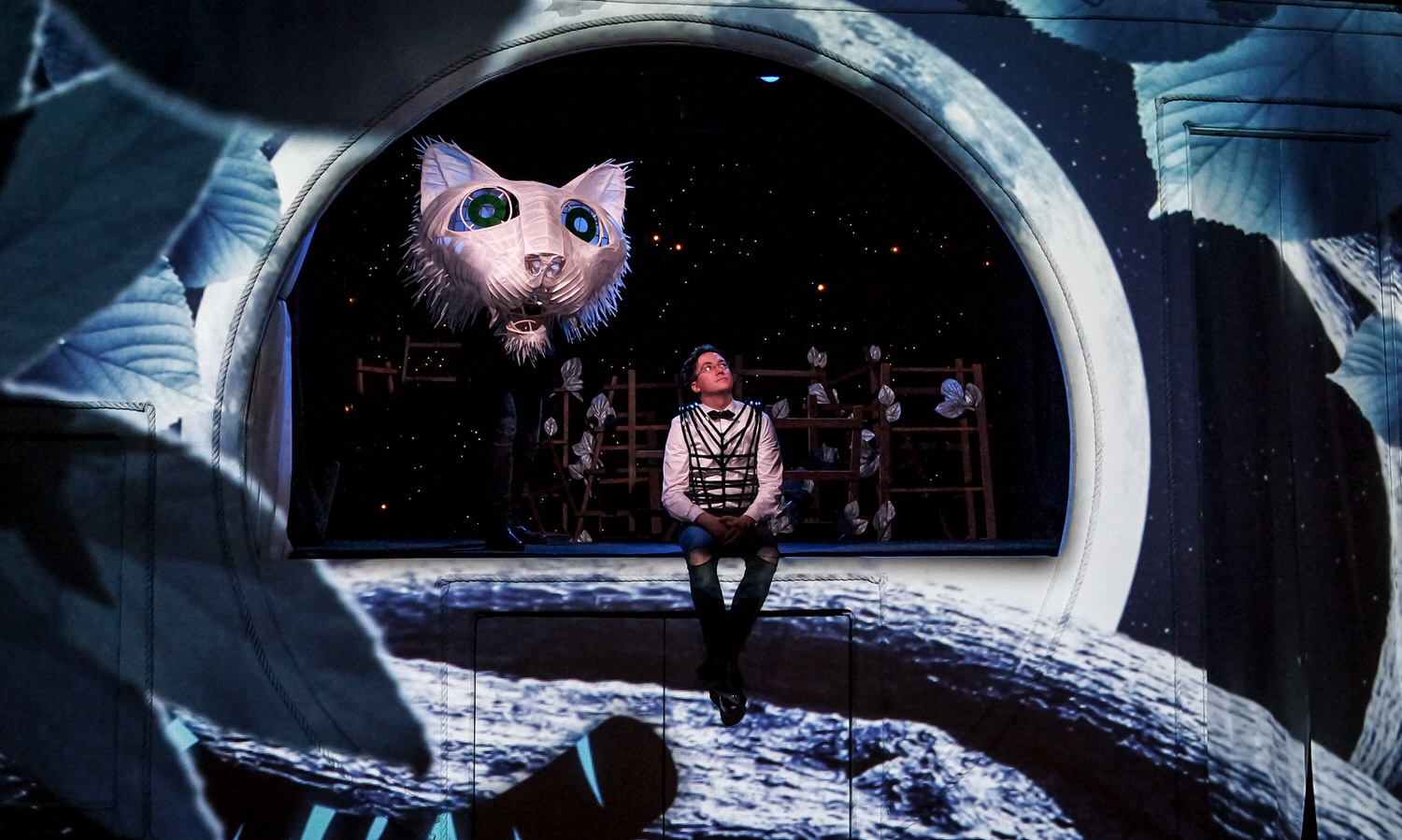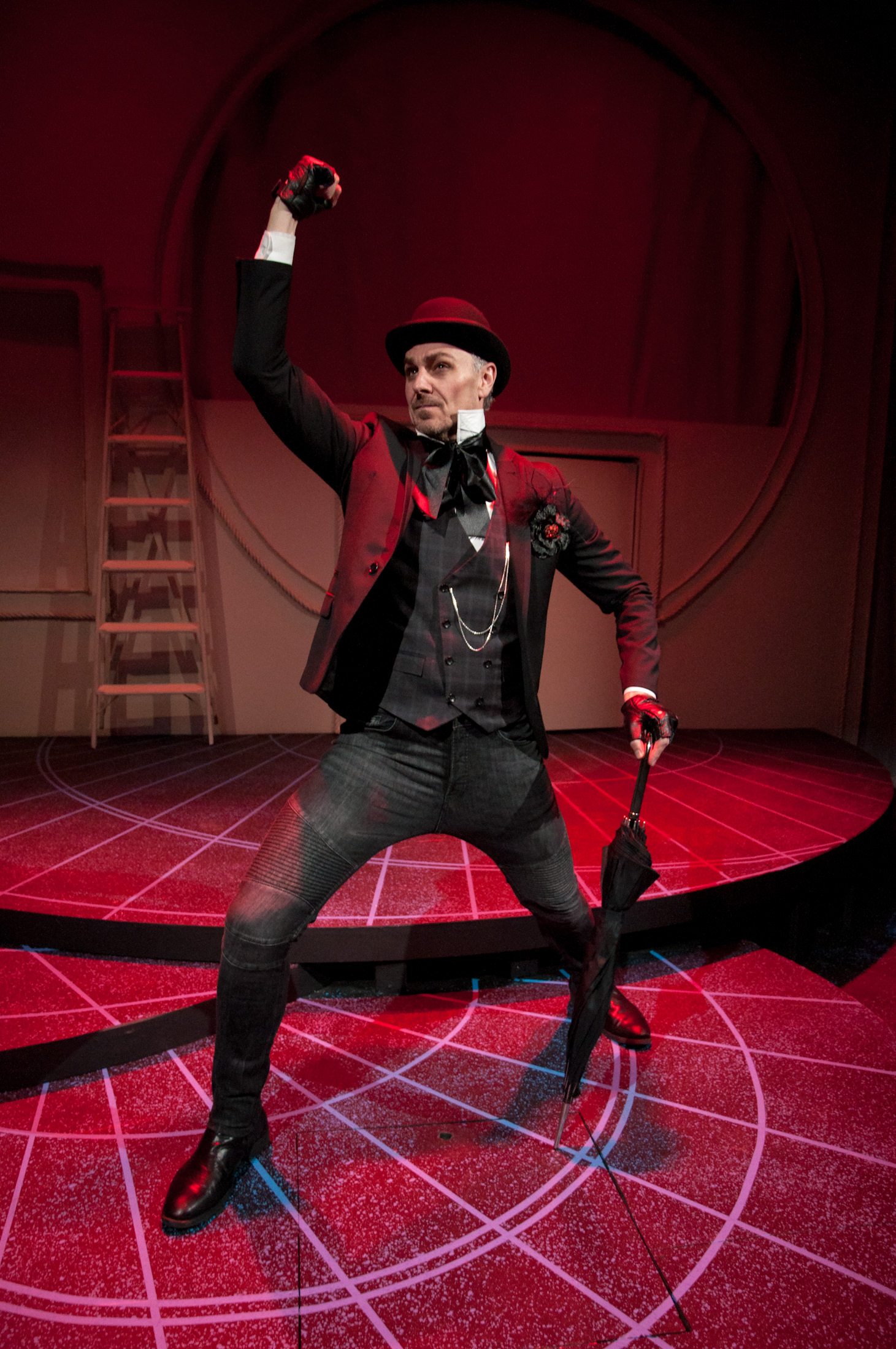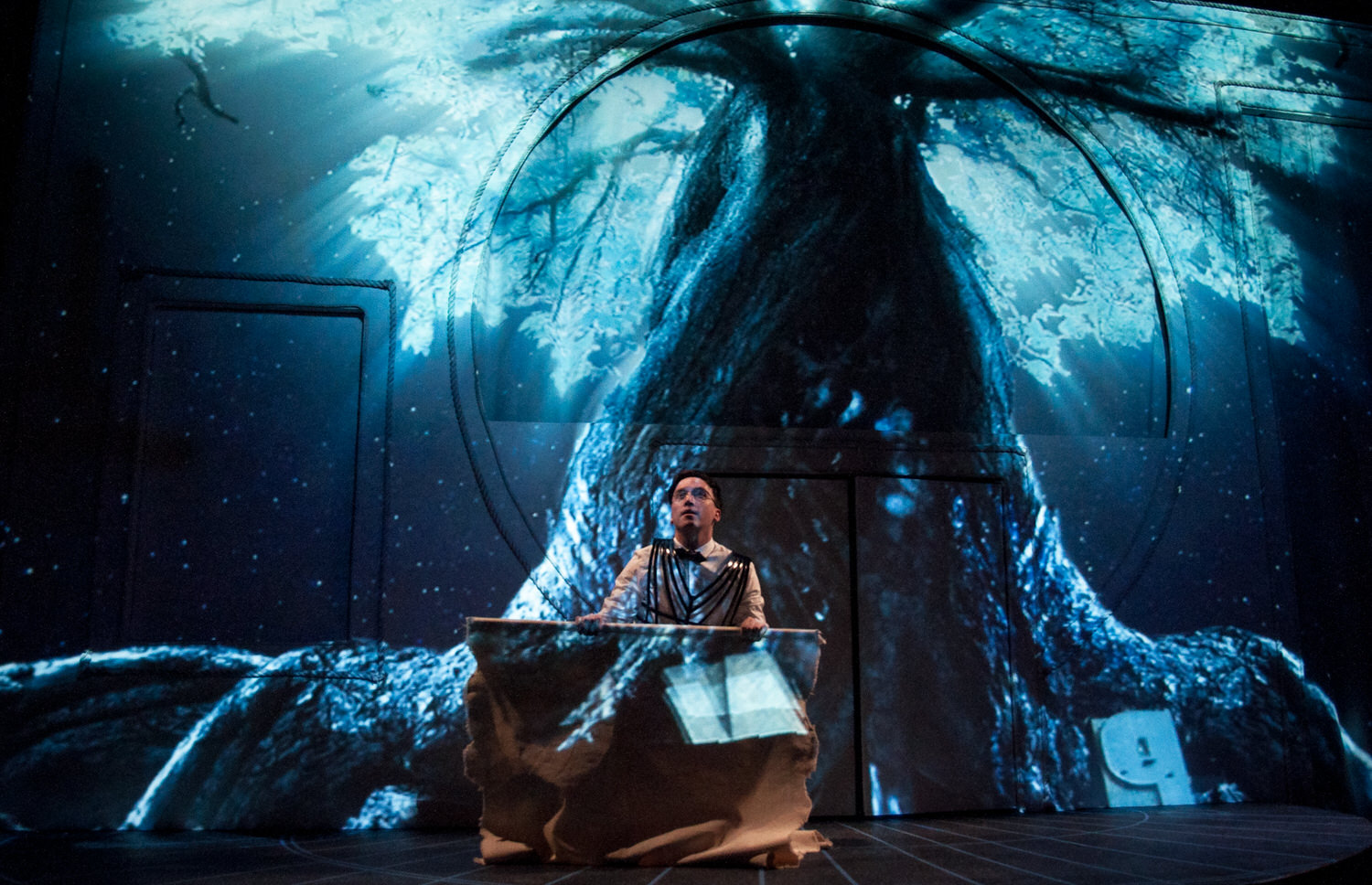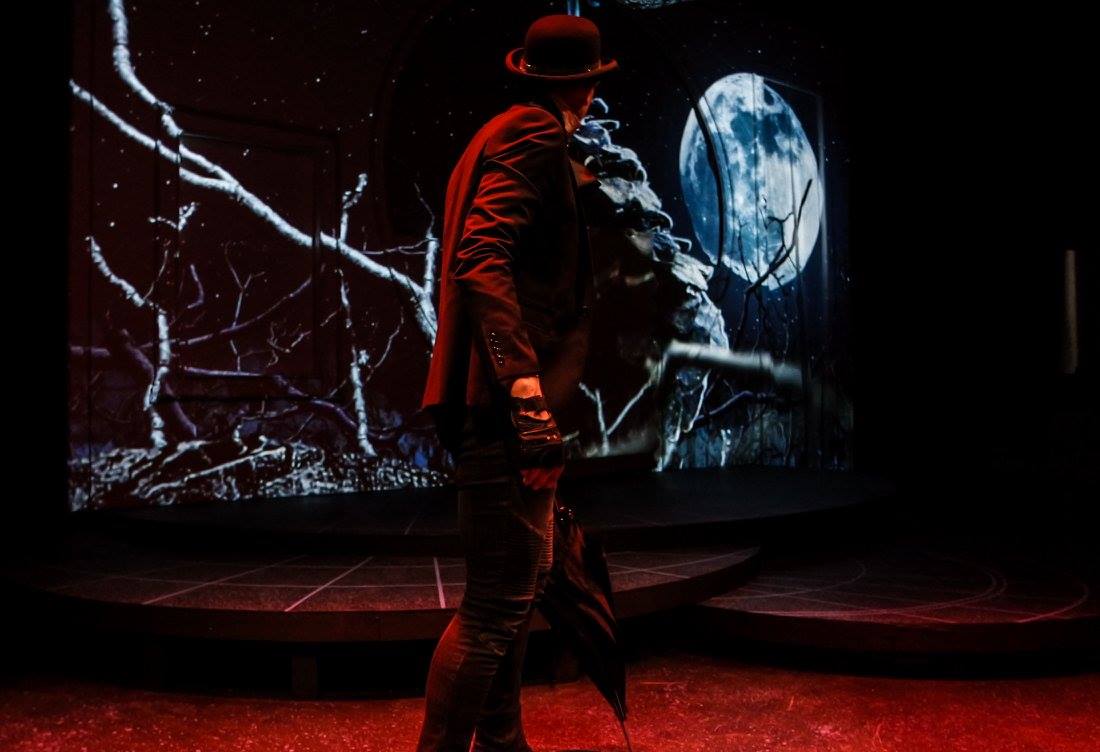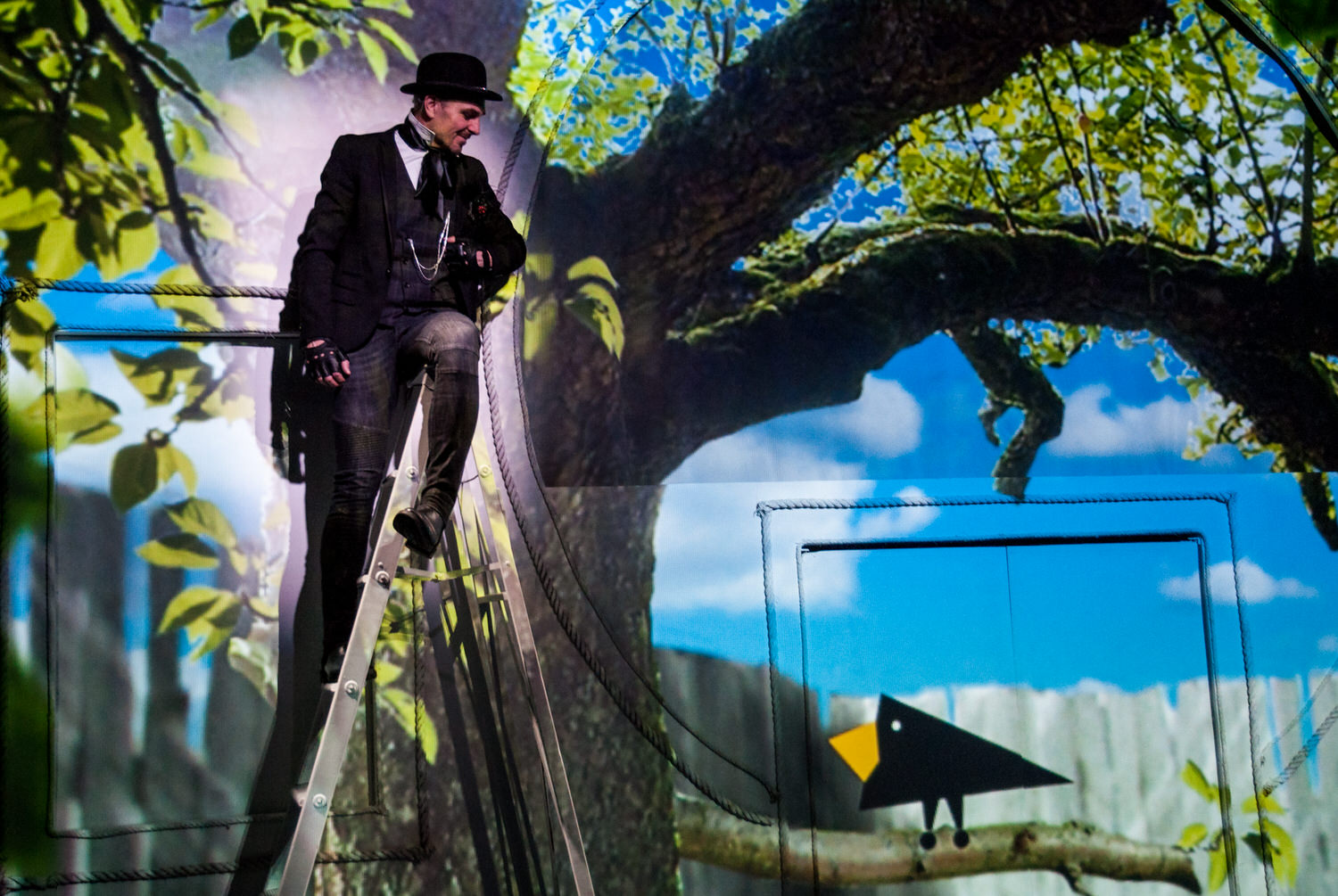Tell us a little bit about the highlights of your career so far?
I think those shows where I worked very uncompromised, not thinking about success or how the critics would receive the work. Instead just following my intuition and taste. Those have become huge successes, which feels in a weird way very cool.
A show about Andy Warhol in the beginning of my career had that effect, and opened a lot of doors to the more established theaters for me. Then The Nick Cave Theater concerts became a huge thing some years later, and lately I would say “Jernring” (Iron ring), puppetry show on Baadteateret. So highlights for me are the ones where my innovative, artistic work reaches our audiences and critics.
What is your creative process like - is collaboration important to you and if so why?
More people have more ideas than one person. So I listen very much to my actors, sound, set, lighting designers. I always tell them that 80% of my ideas don’t work and that counts for every body. So throw in ideas, but do not insist on them.
I always know one moment at a time what we are heading for, but not where we end. Having a team, which works under those circumstances, demands that you as a director really motivate and lead...
Who are some of the people who have inspired you the most in your work and why?
"The Wooster Group" (a New York City-based experimental theater company known for creating numerous original dramatic works) because of the way they rehearse - they keep on trying things out, until it works. They also taught me, what musicality is in a dramaturgy, and the basic rules of Performance Theater.
Robert Lepage (A Canadian Theater artist) in his early years, showing magic realism on stage.
Peter Brook (A British Film and Theater director), because the research of an artist never ends.
La La La Human Steps (A Canadian contemporary Dance Company under the direction of Edouard Lock, which has unfortunately closed down in 2015) because they produced shows which can’t be further away from what you normally see on stage, but it knocks you out...
Where do you look to for inspiration? Do you watch a lot of theater in your spare time or are there other mediums that interest you more? There seems to be a real cinematic quality to what you do, hence my question.
Film yes, visual art in general, museums of any kind, kids playing, watching every day life and of course theater - mainly abroad.
What is your favorite quote?
"This little finger, still doesn’t obey me". Pablo Casals, a world known cello player, who has won every award you can win in classical music, and played all over the world. The quote was his answer to a journalist, who asked him when he turned 80-years old. 'You have reached everything a musician can dream of, what is left?
This became or is my main motivation in work, 'keep on developing, never stop...."
Who is the actor that you have always wanted to work with and what is the project that you have always wanted to do?
Actors - none. Projects - lots.
But my experience tells my, that when you after years of waiting finally are allowed to make your dream project, it becomes a disappointment. Dreams are here to be pursued but not to be fulfilled. So I turn it around and say, the project I work on right know, is the only one I want to do. And that works!!!
Looking towards the future – where do you want to be and what do you want to be doing in 25 years?
I will be 70-years old, and the answer is quite conservative: looking at my children and being happy about who they have become.
And besides that: painting, writing, taking a walk with my dog, ... and maybe doing a show once in a while.
